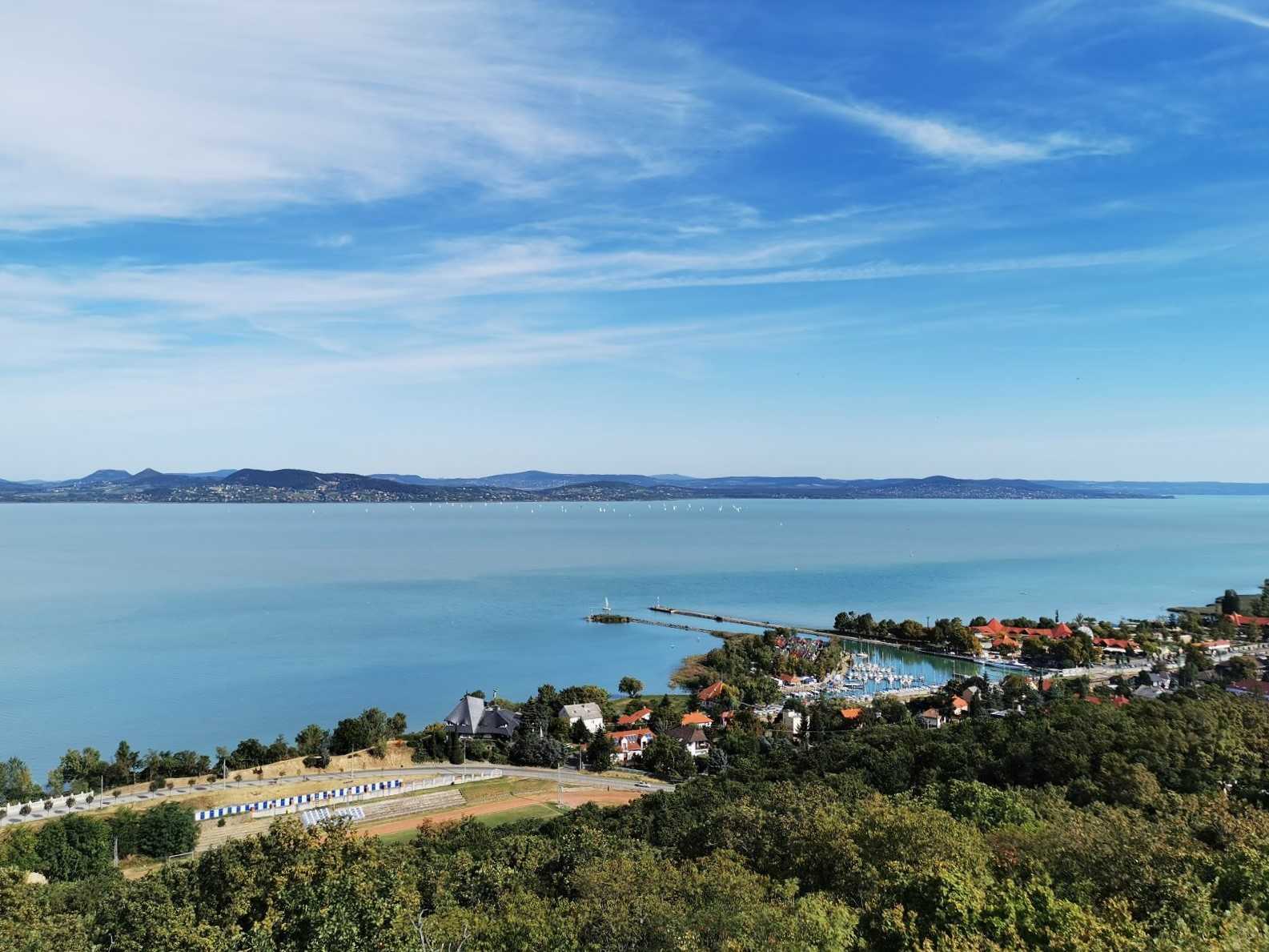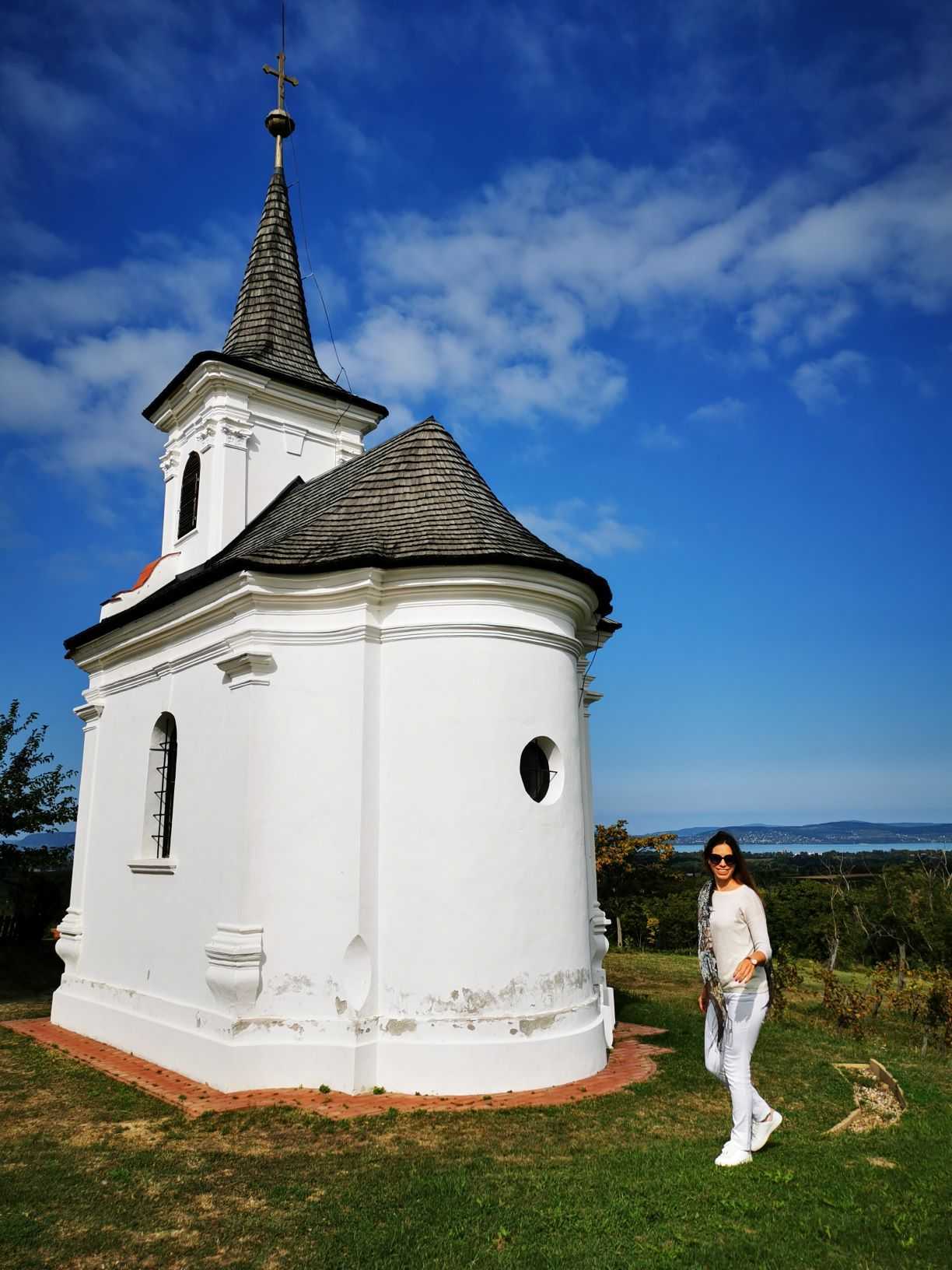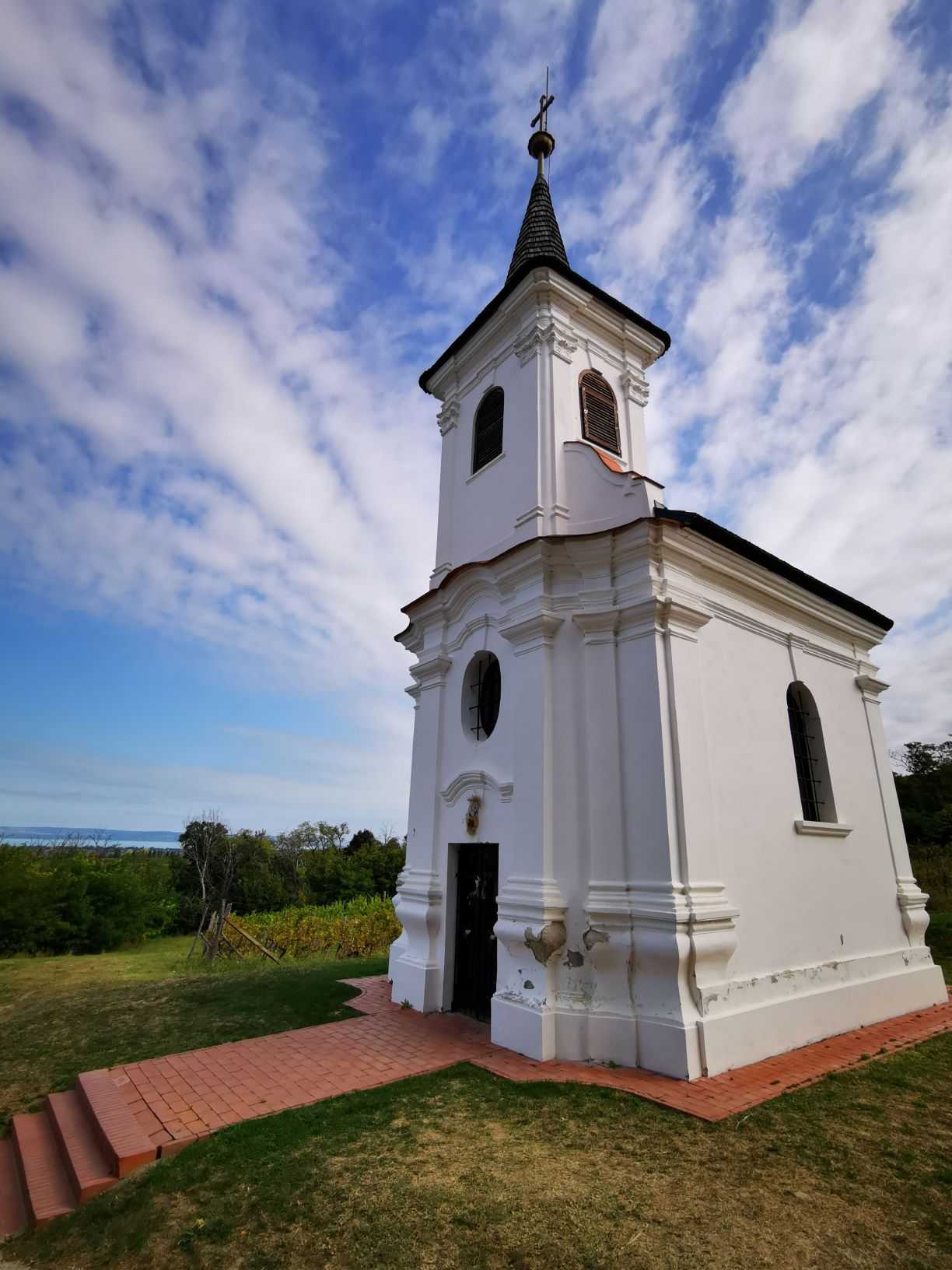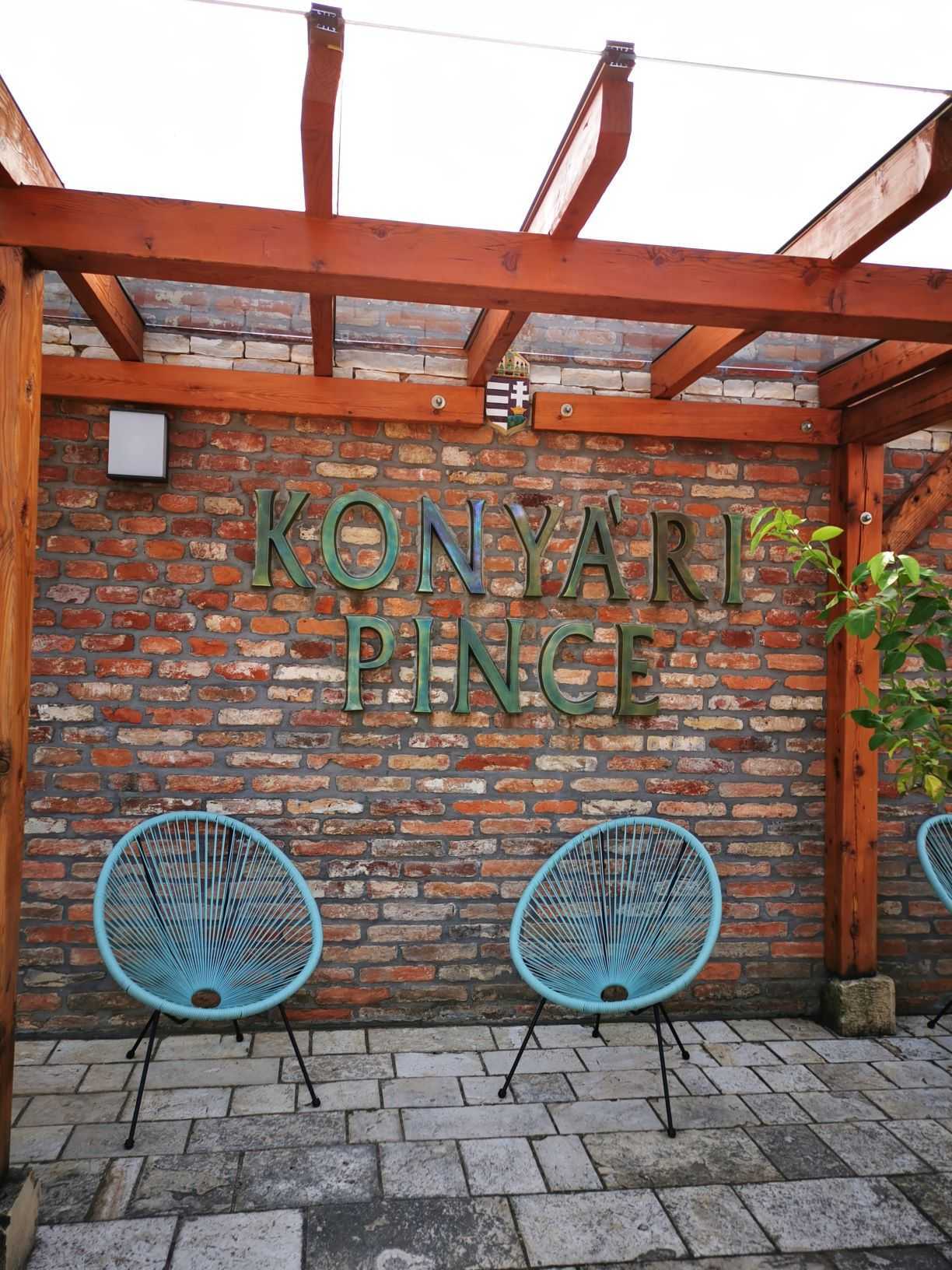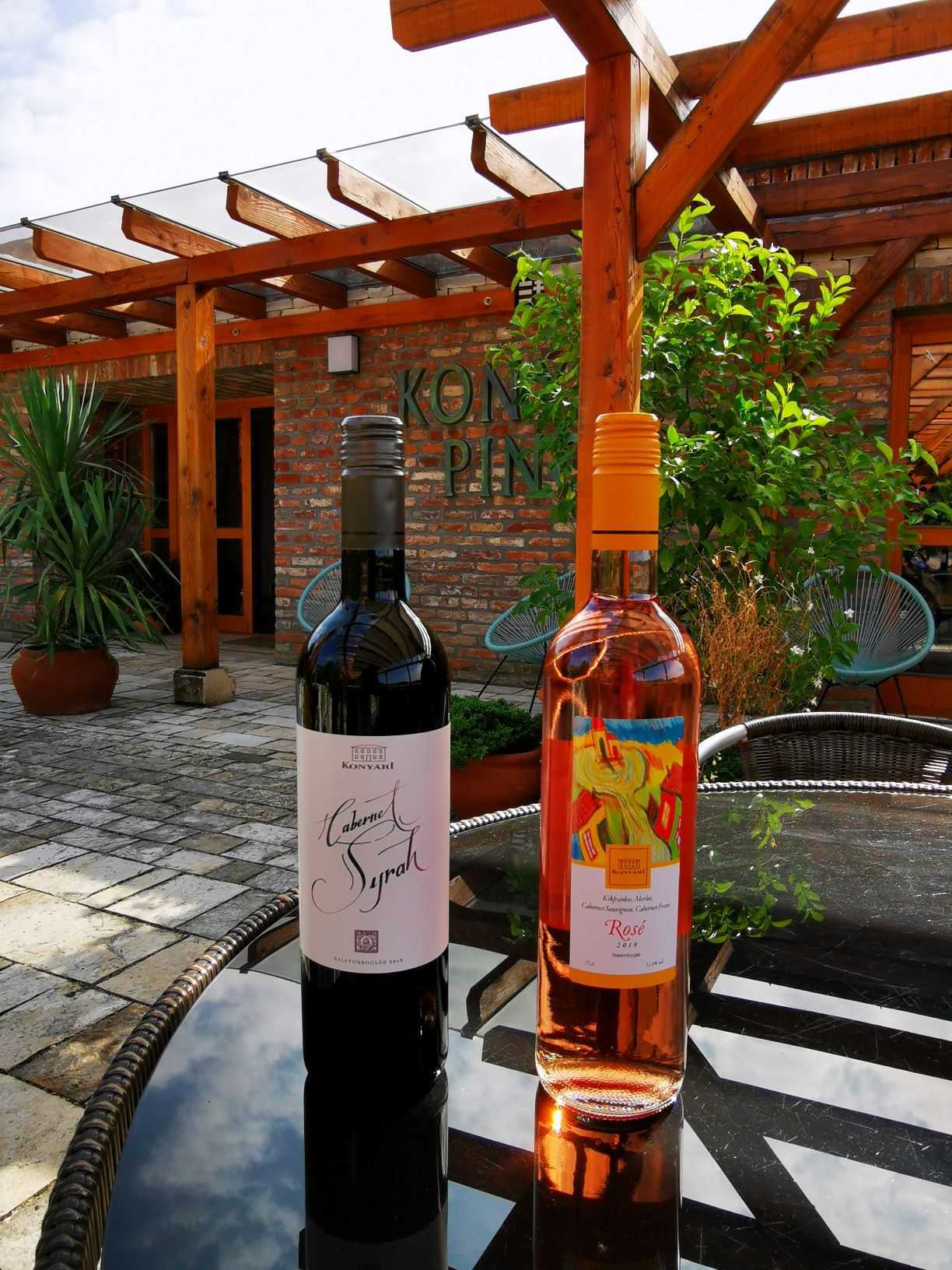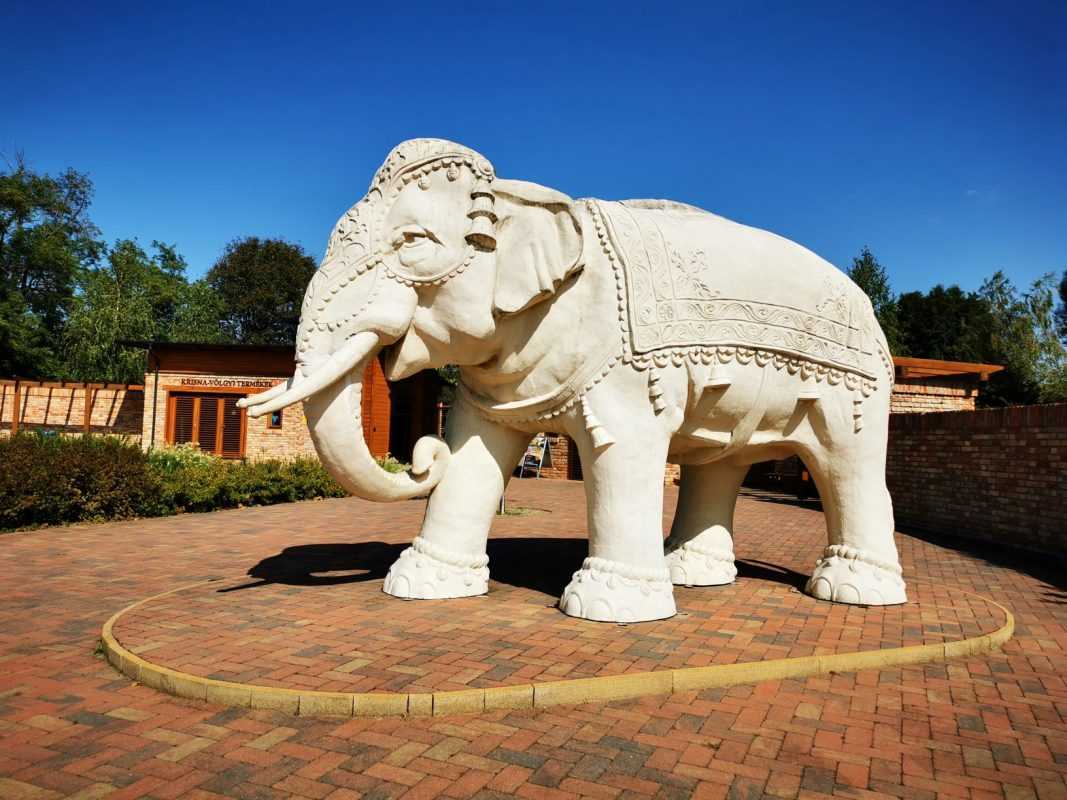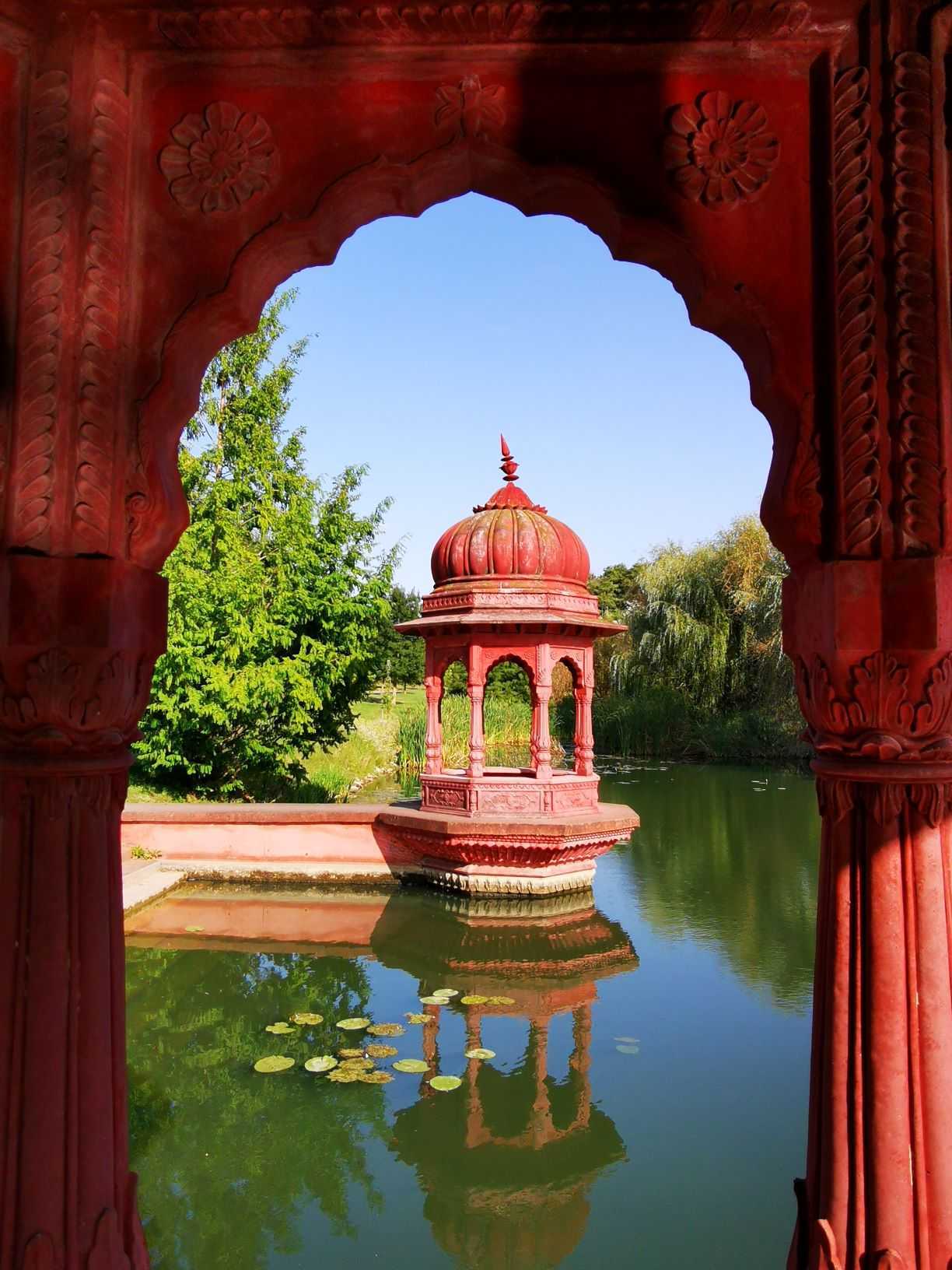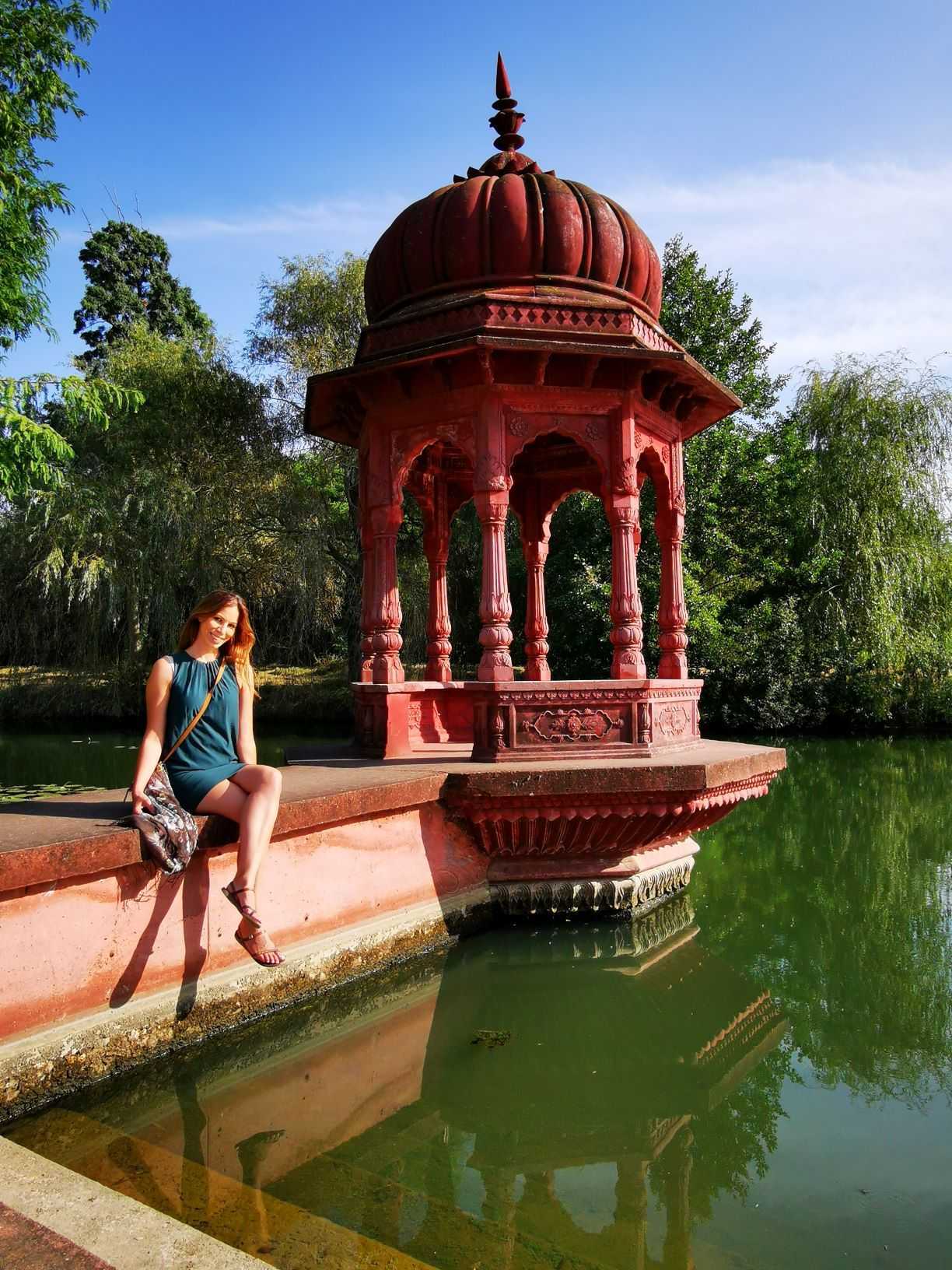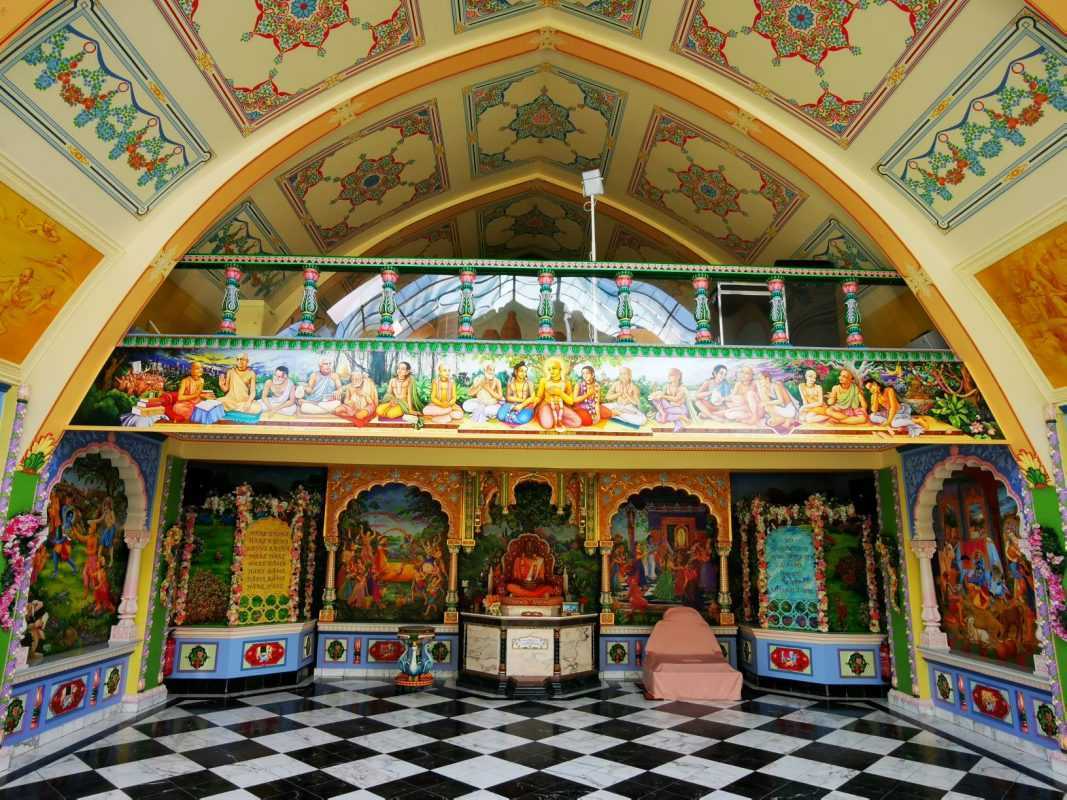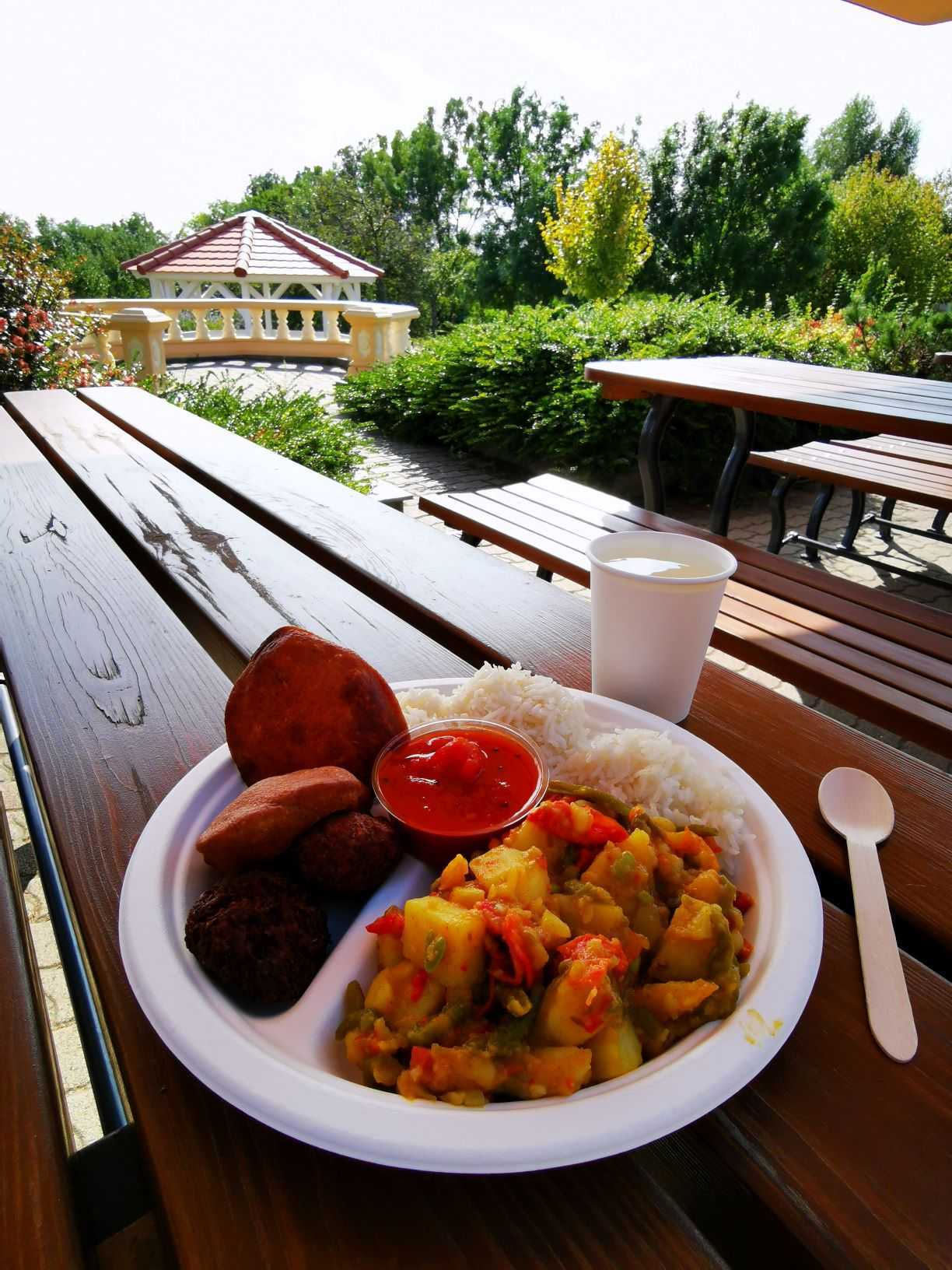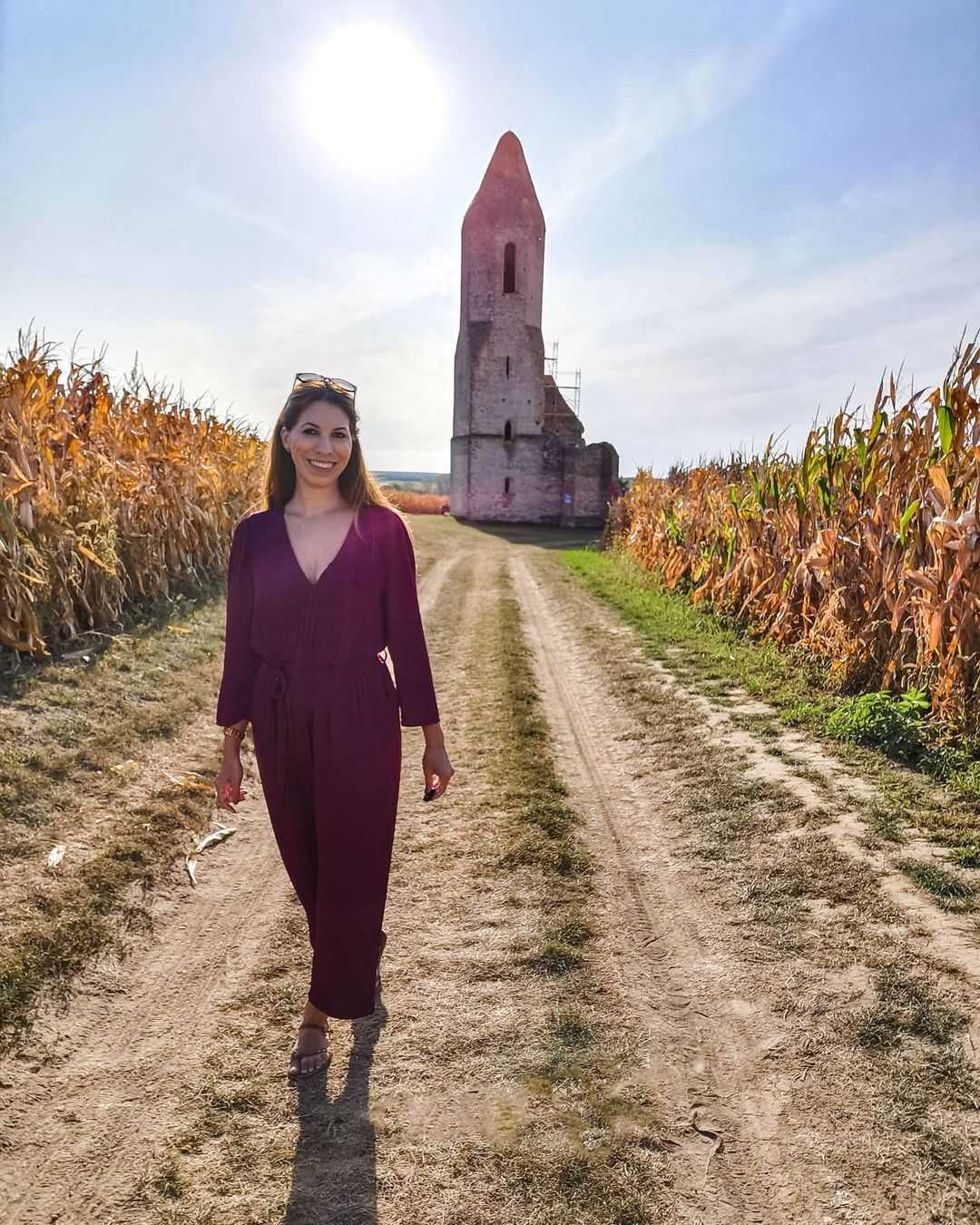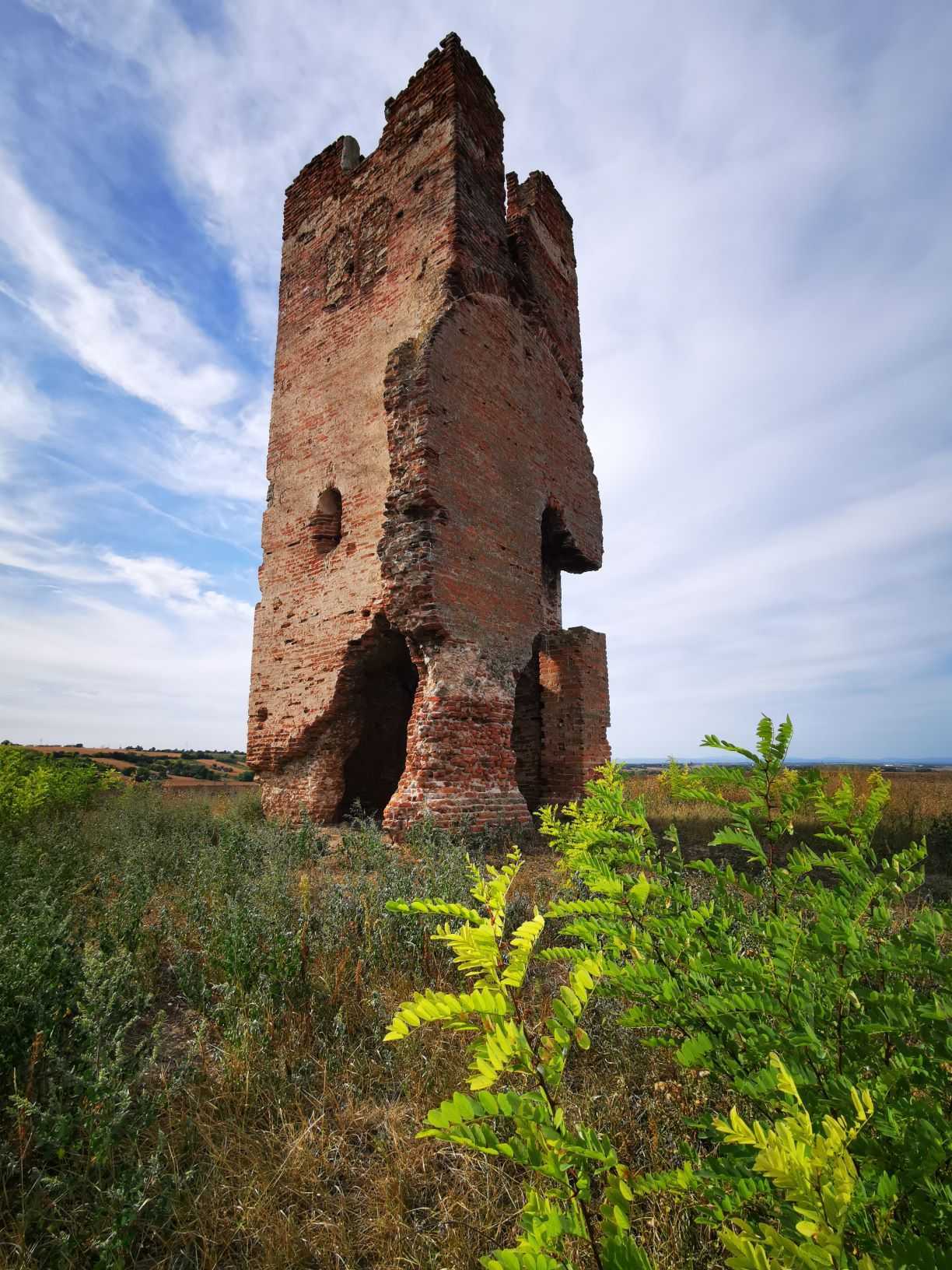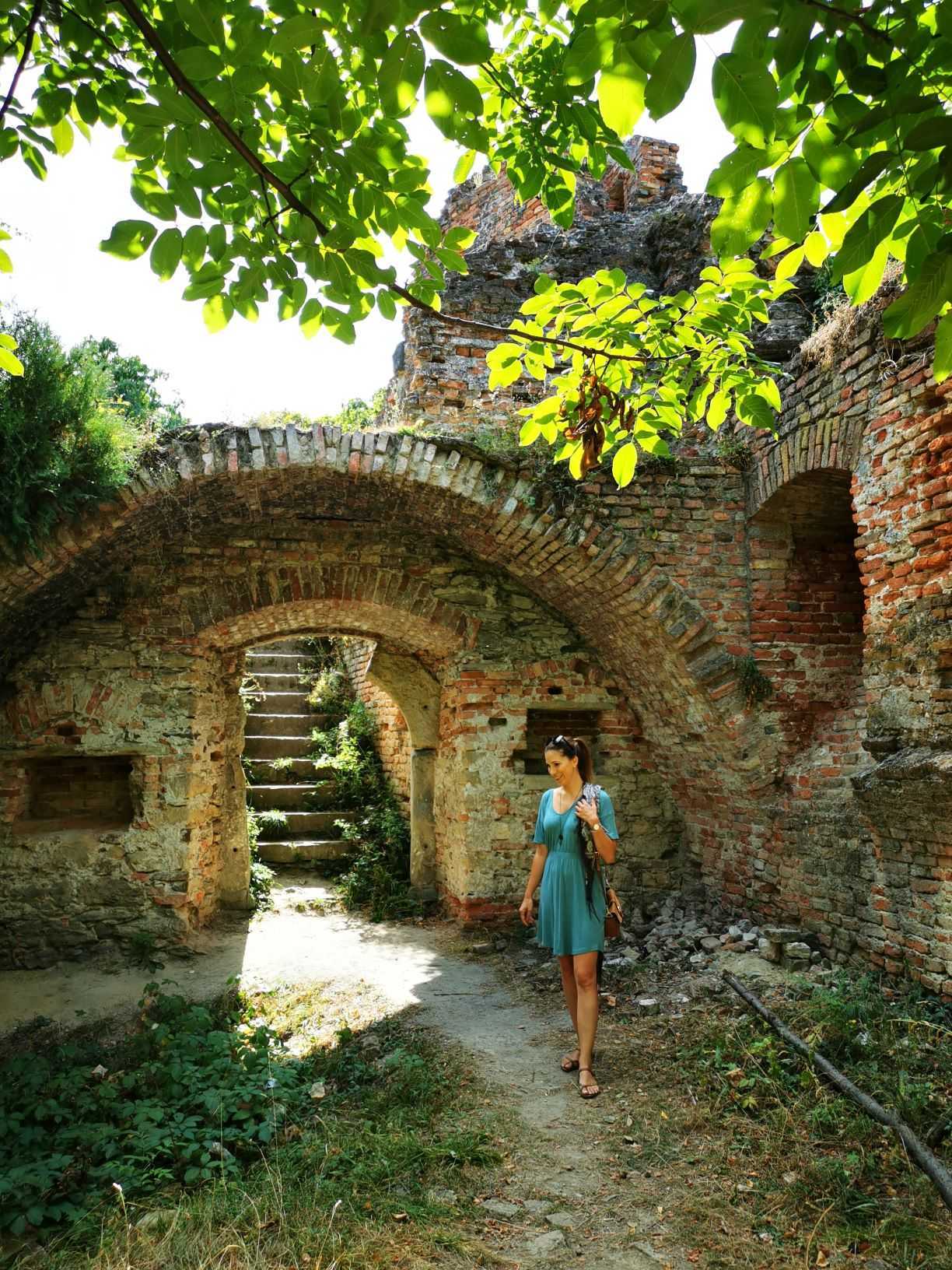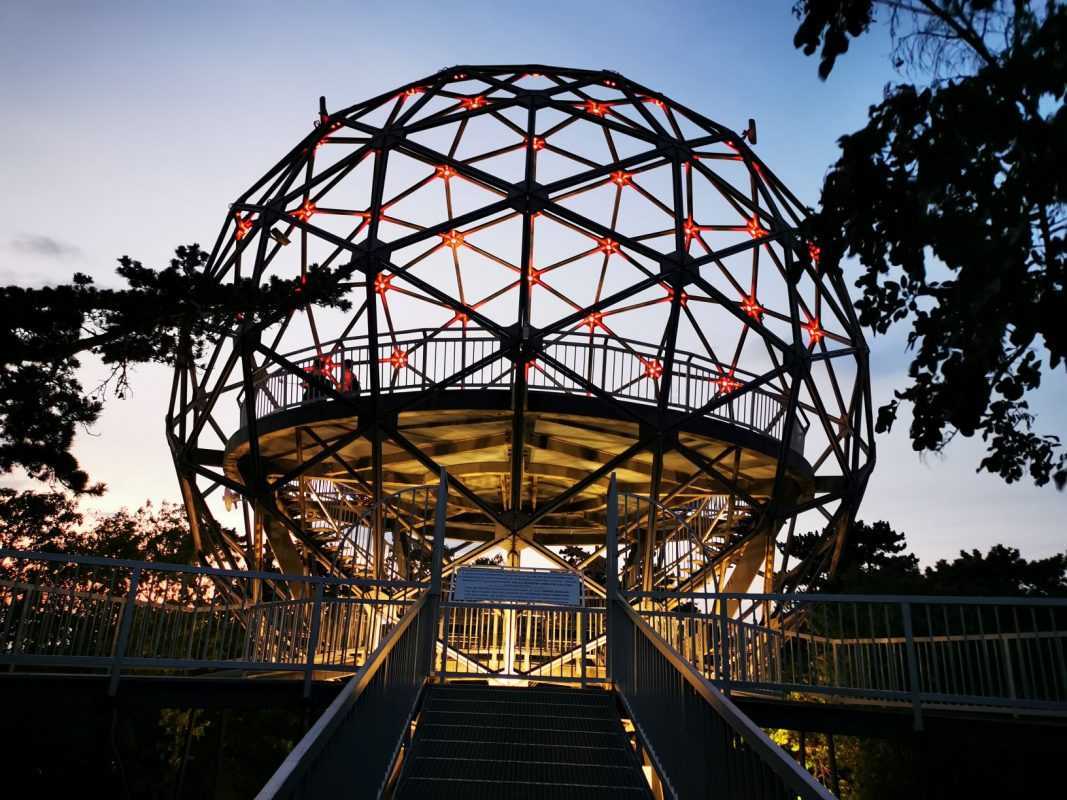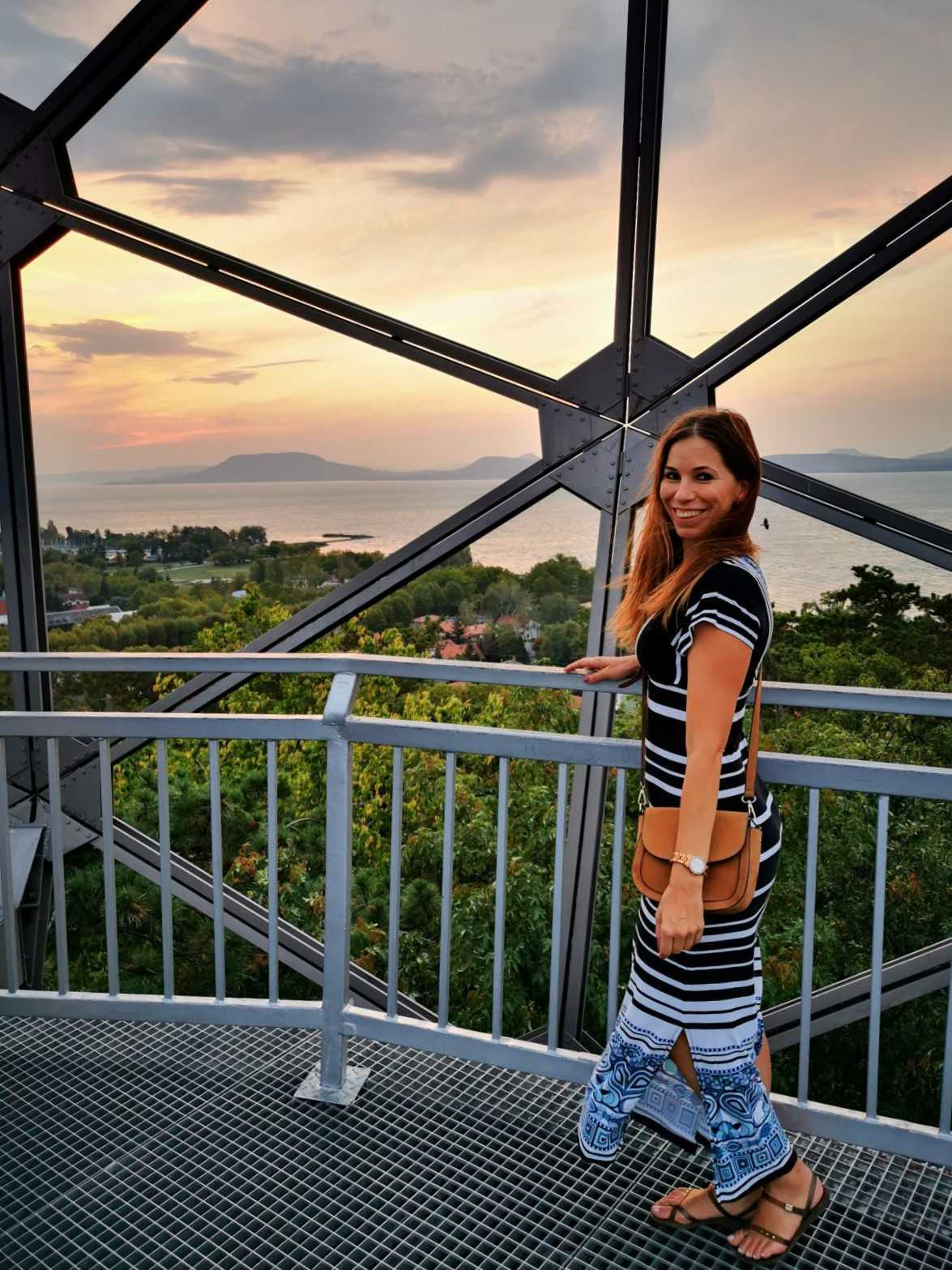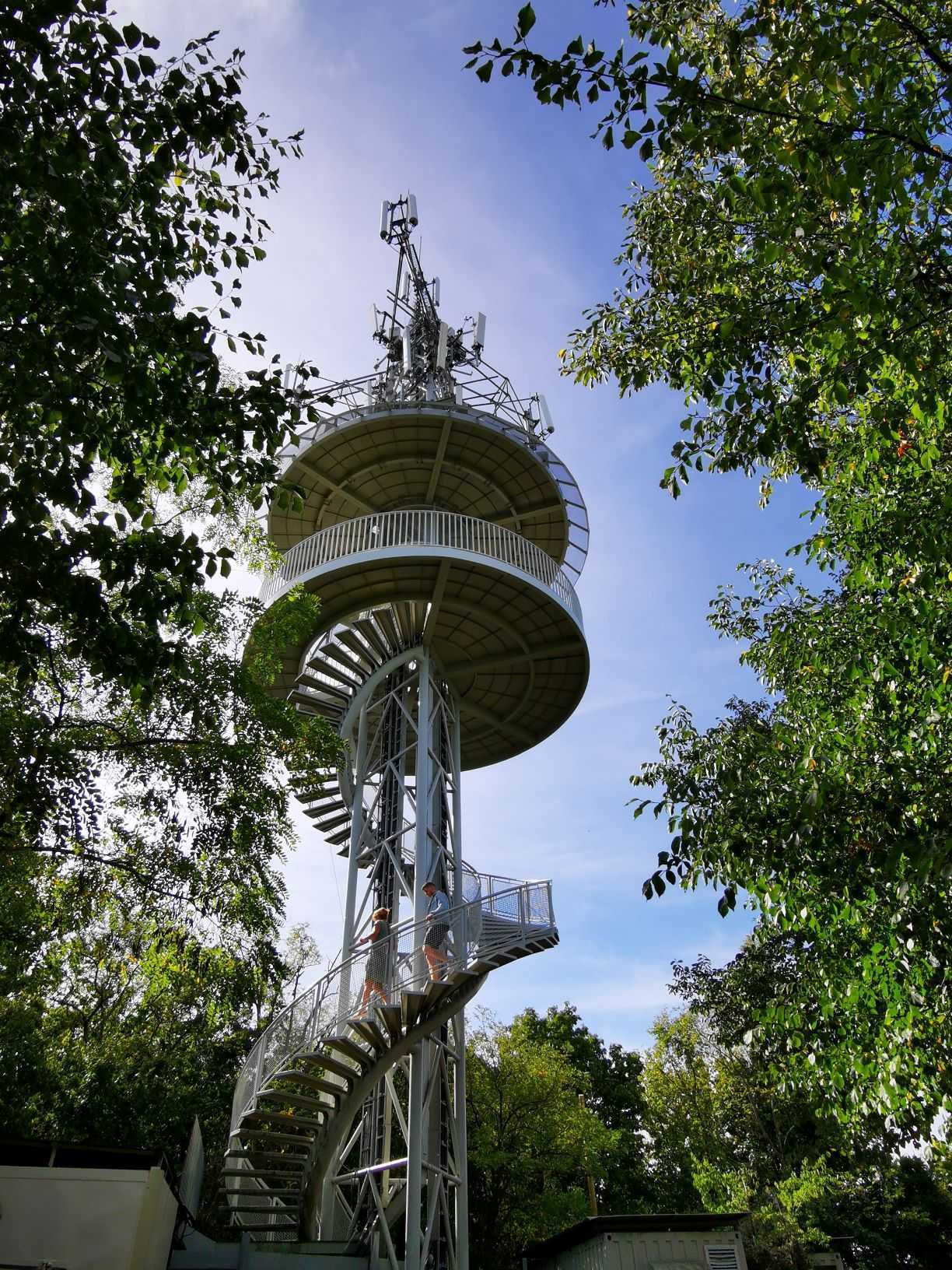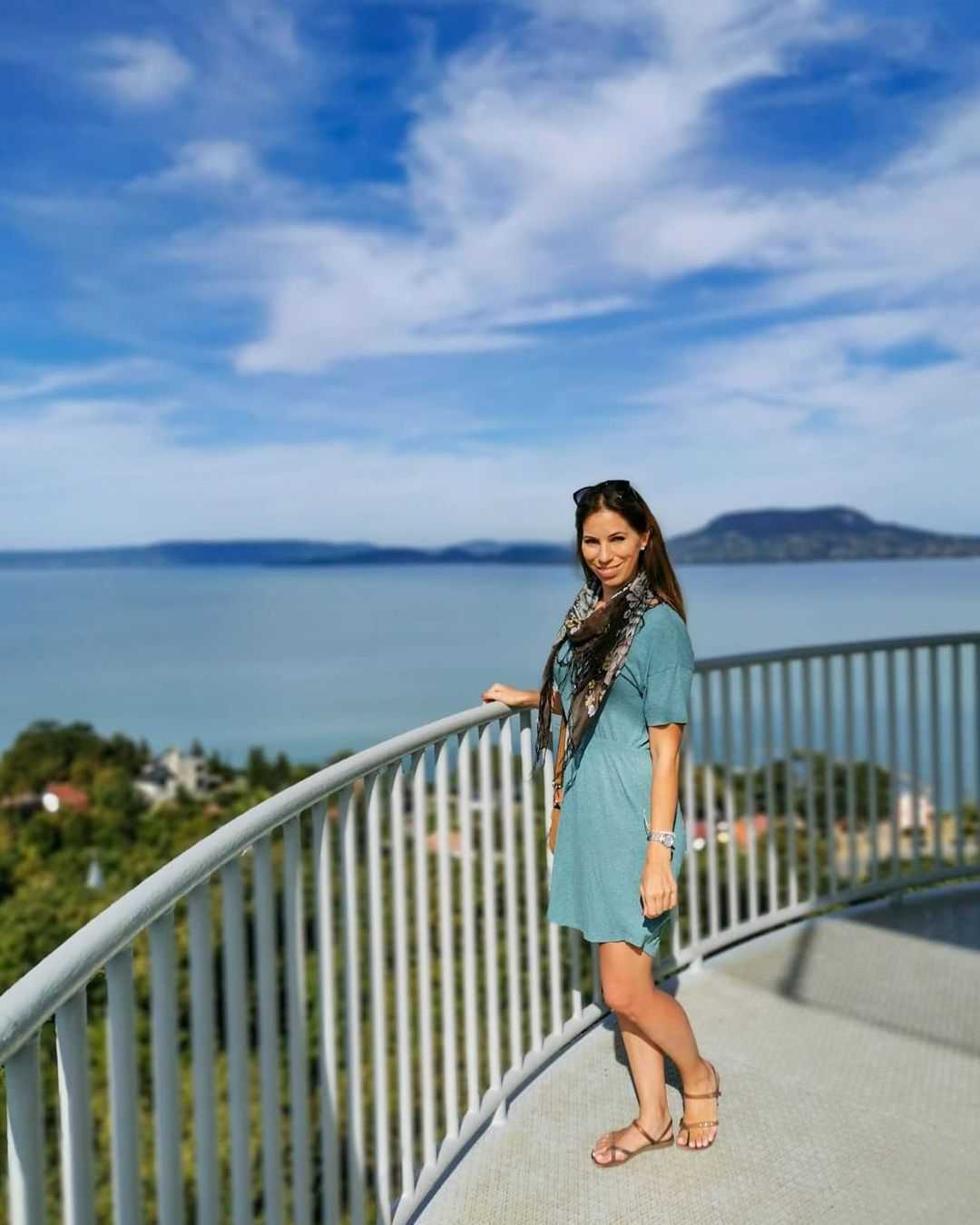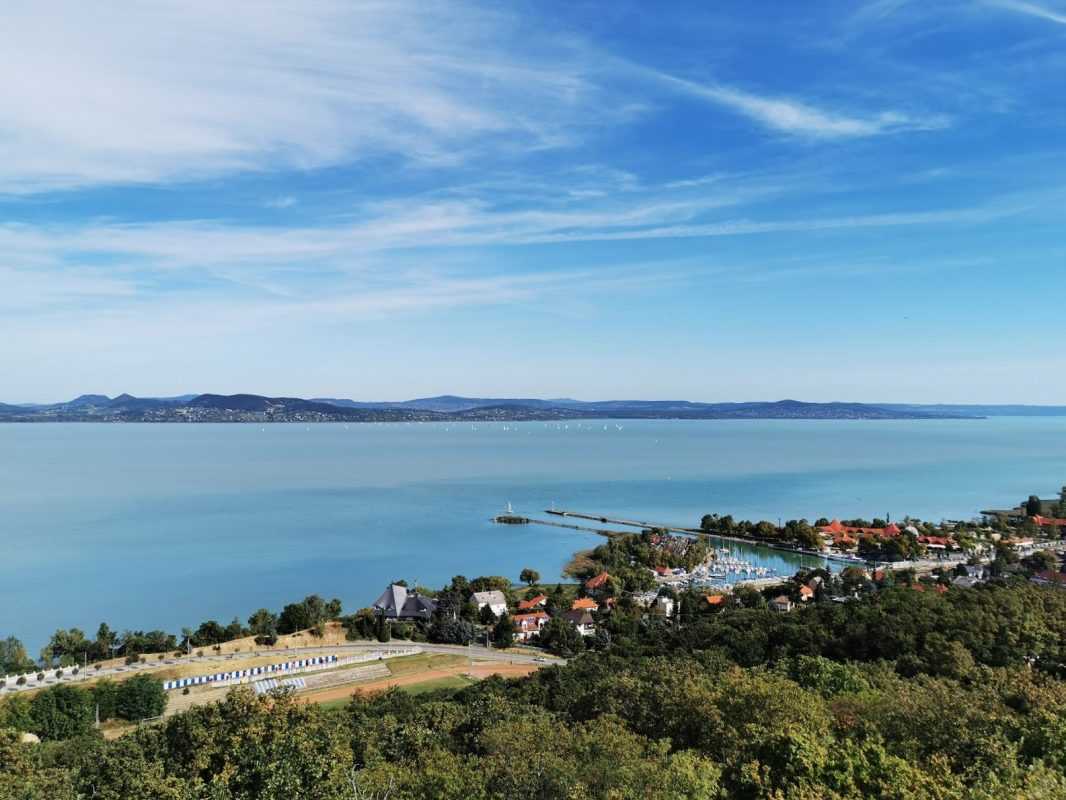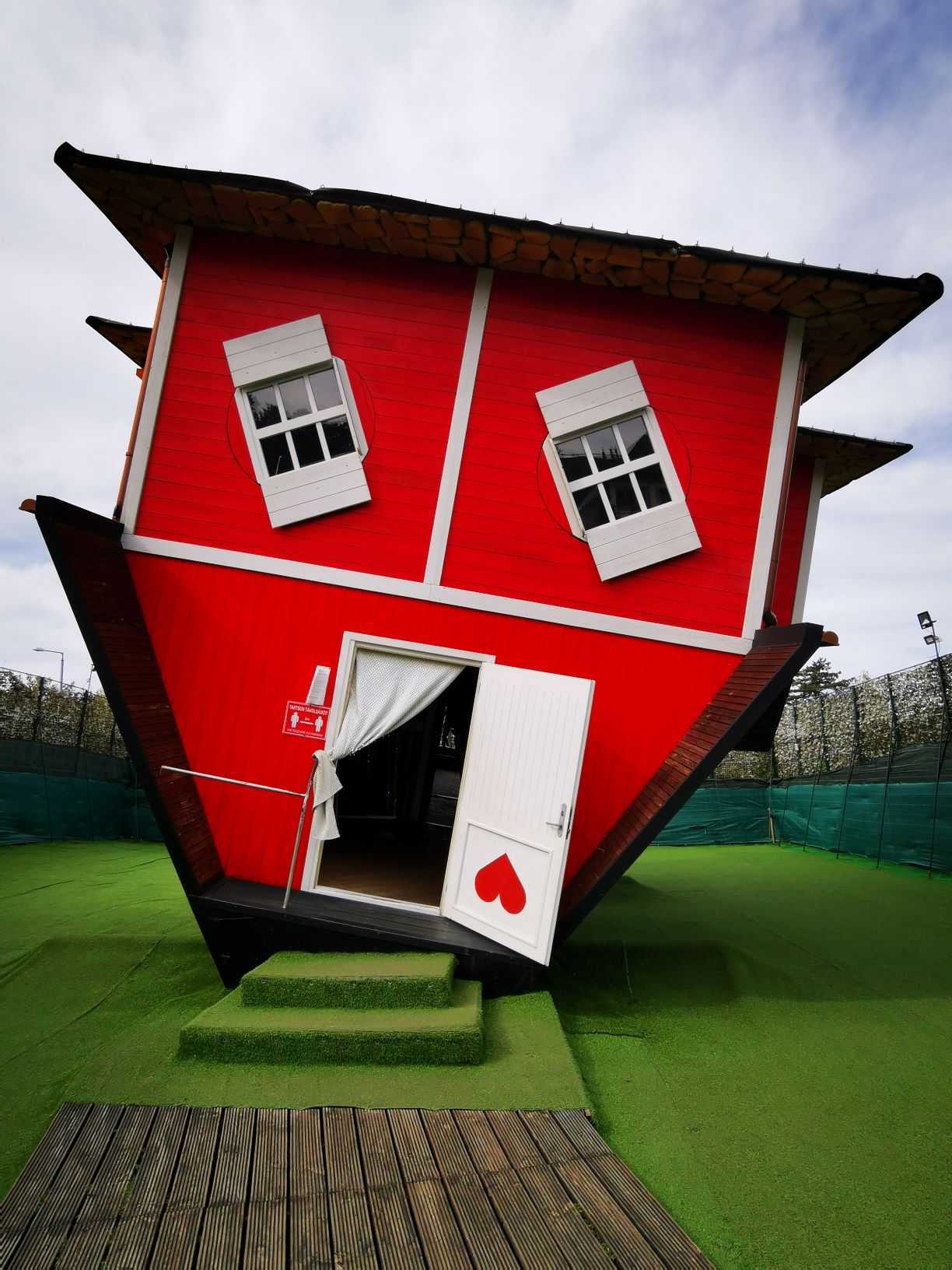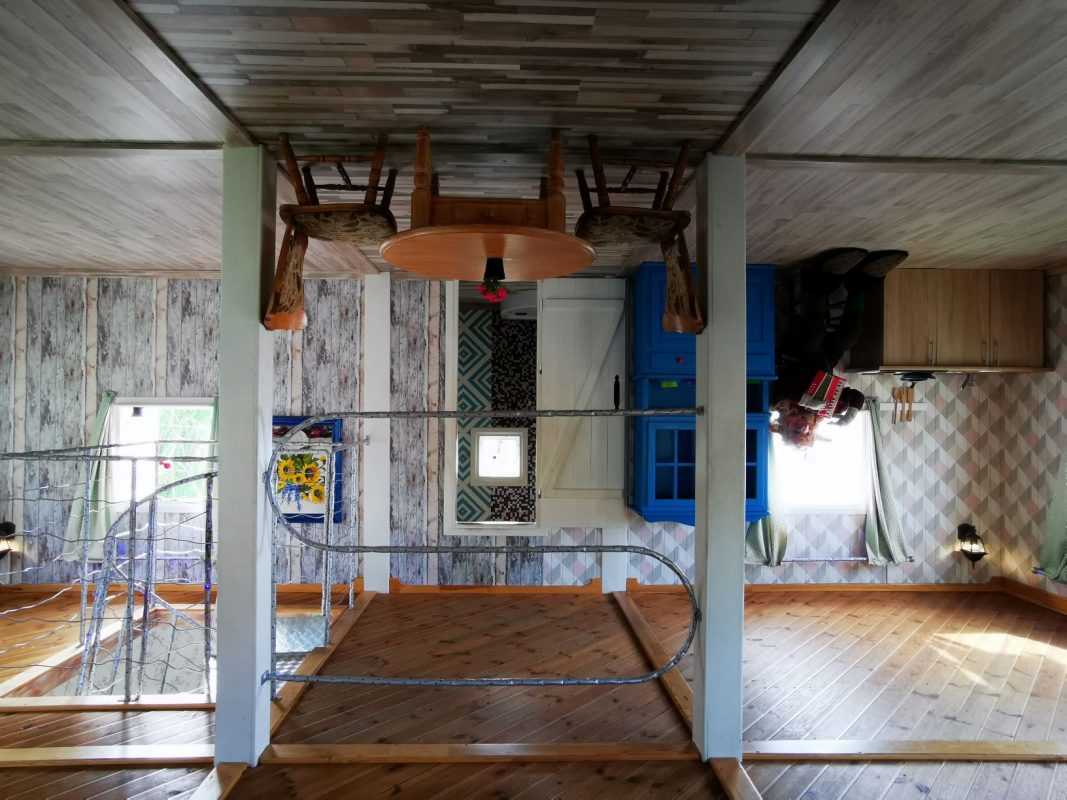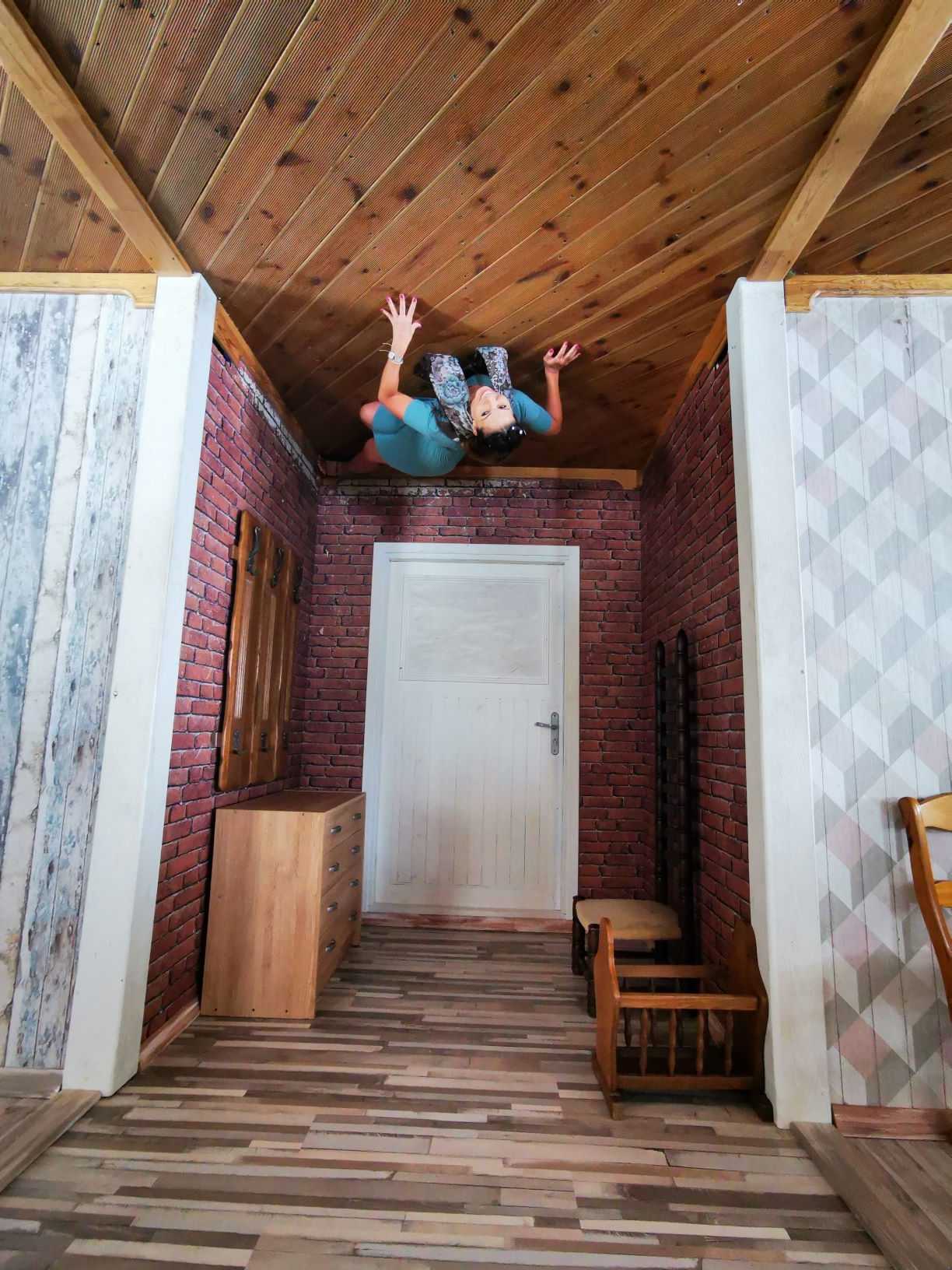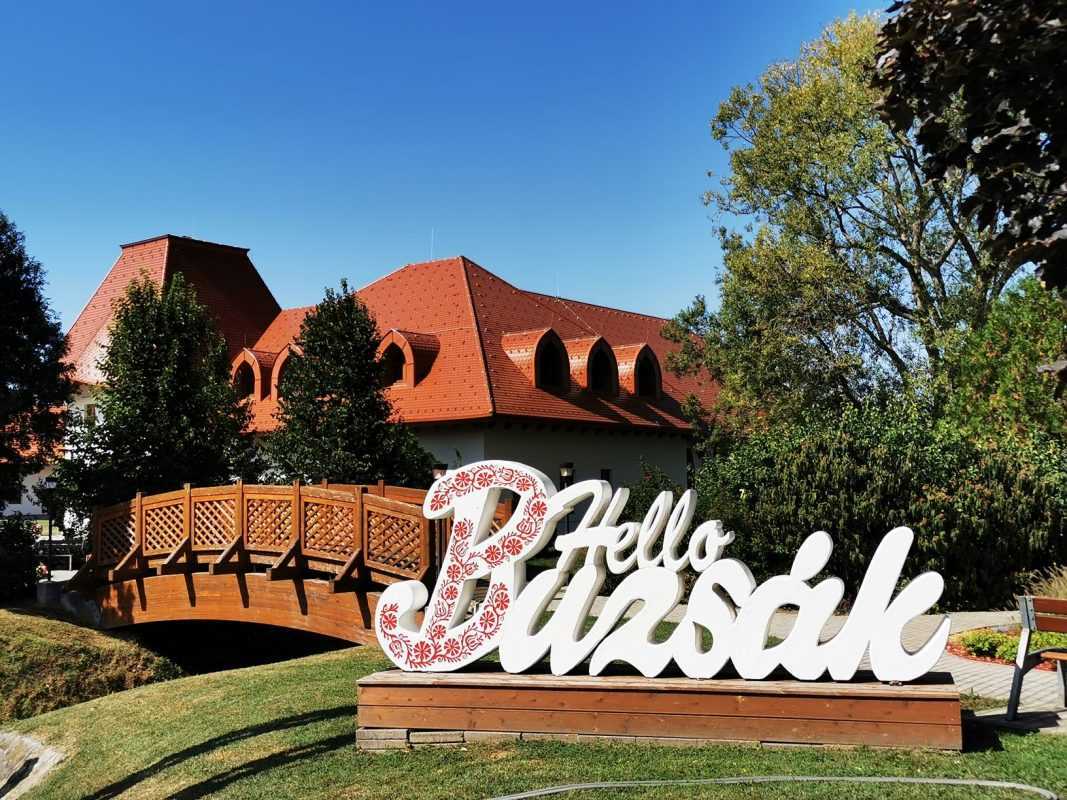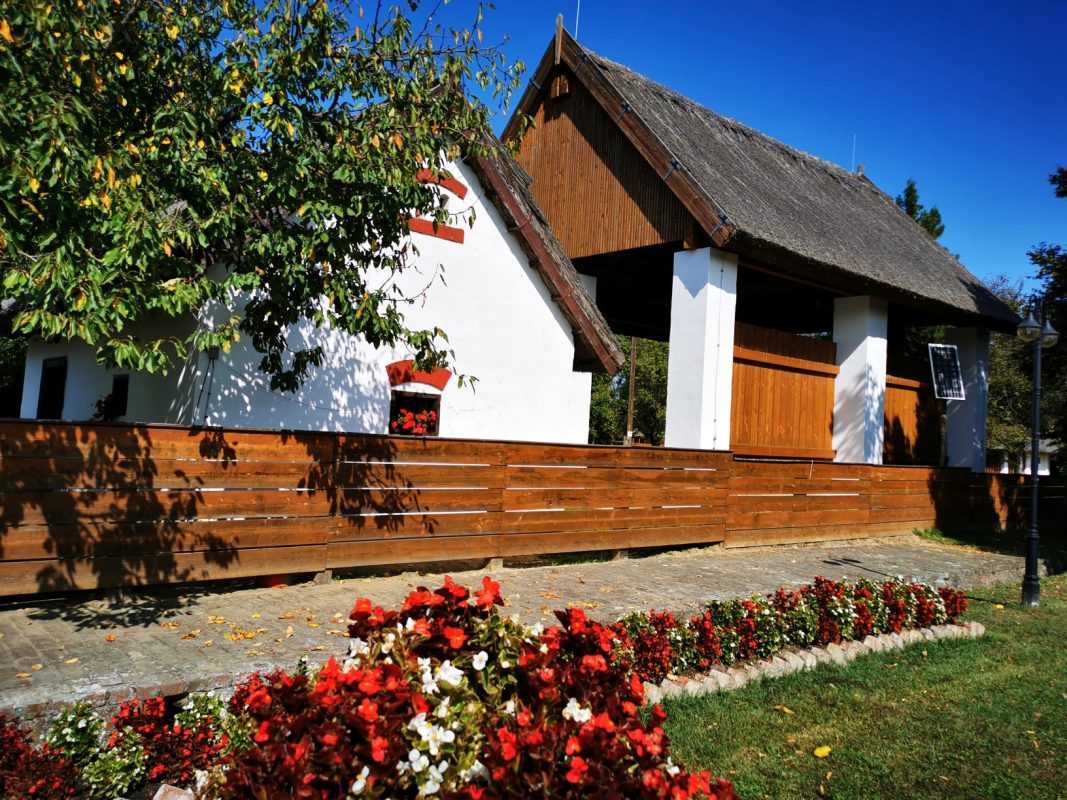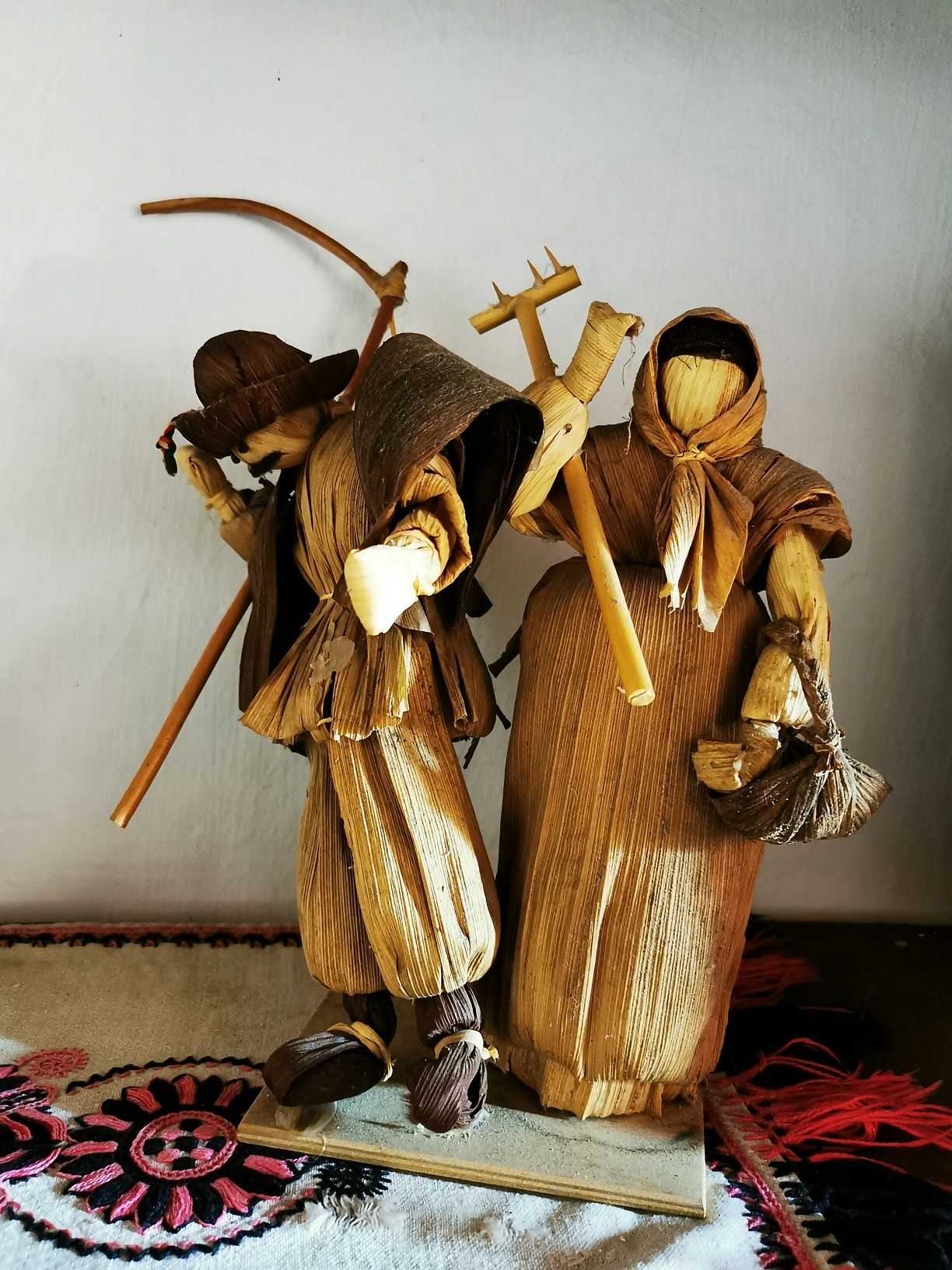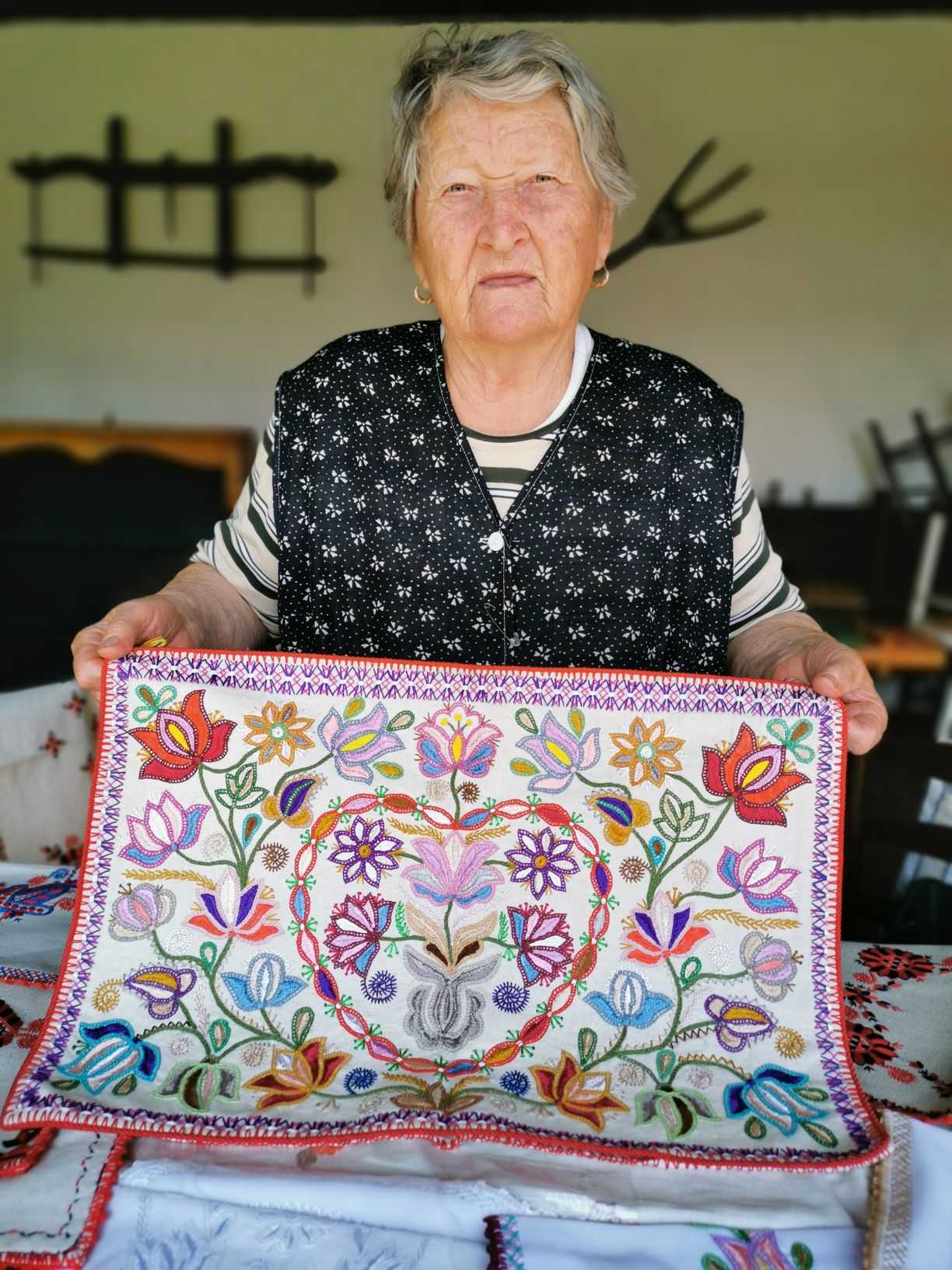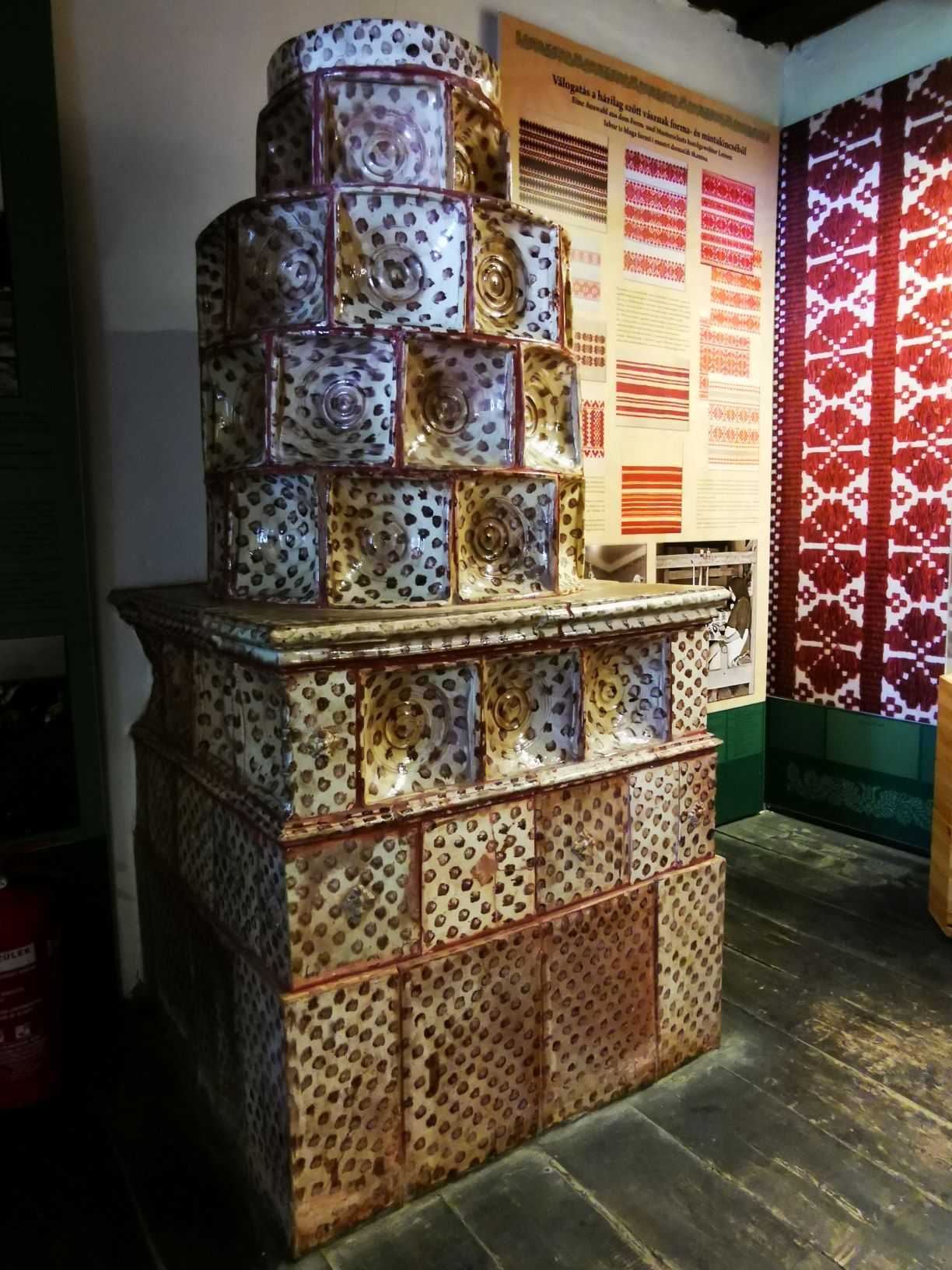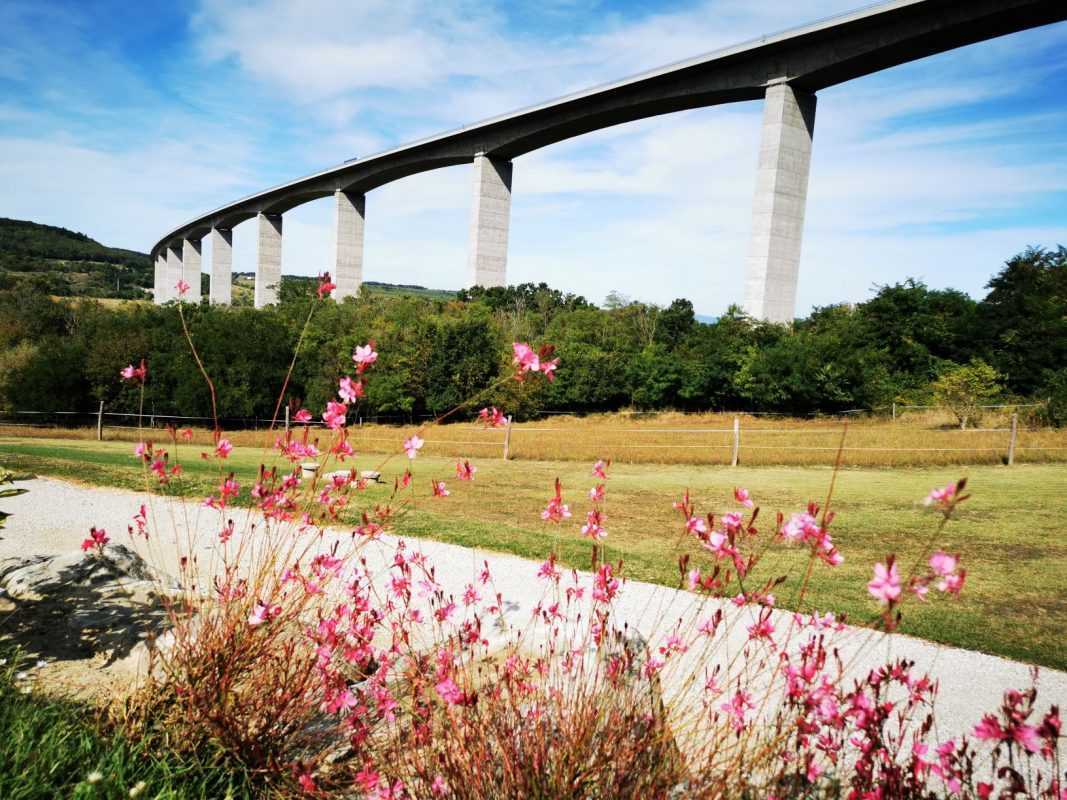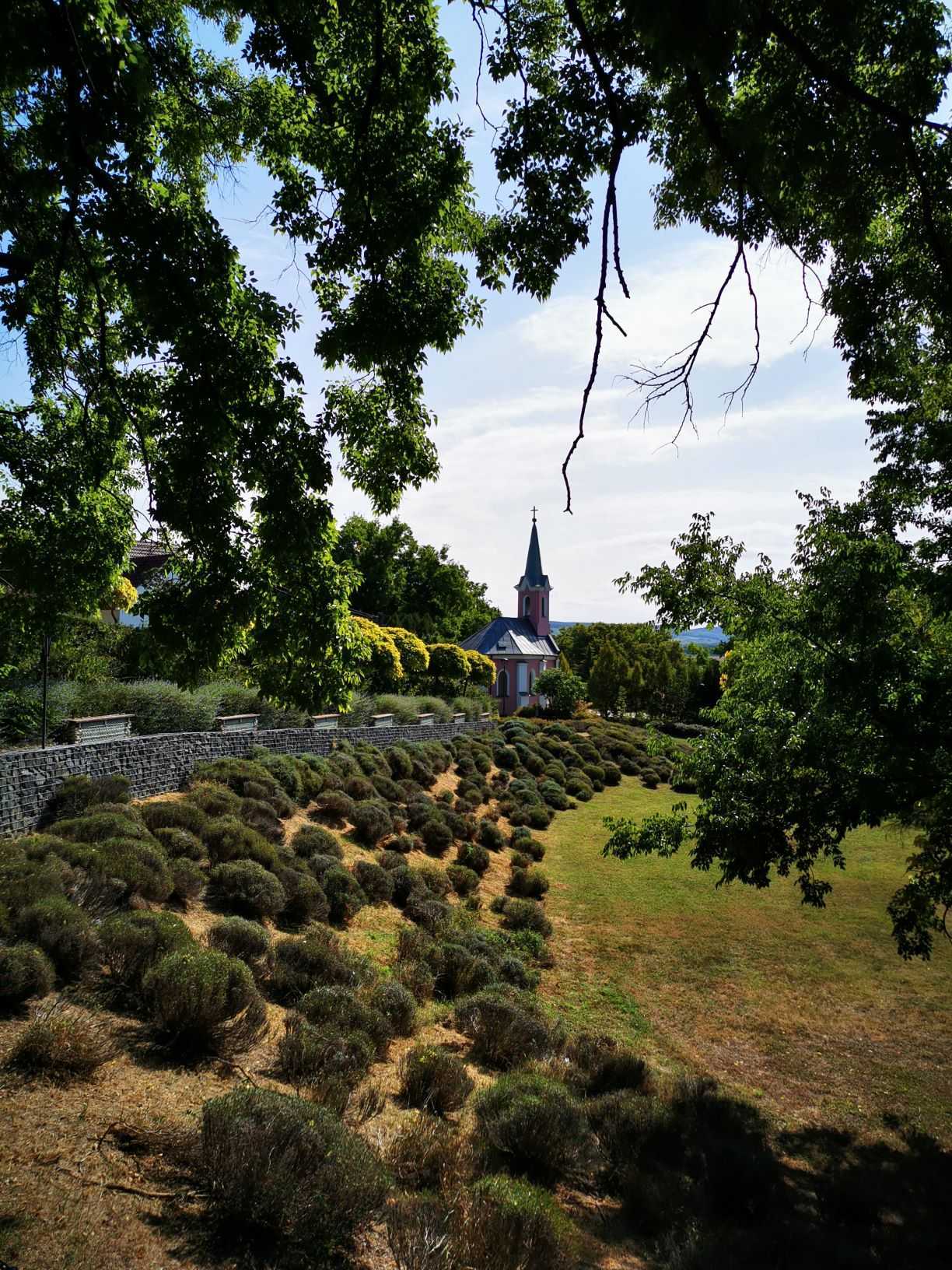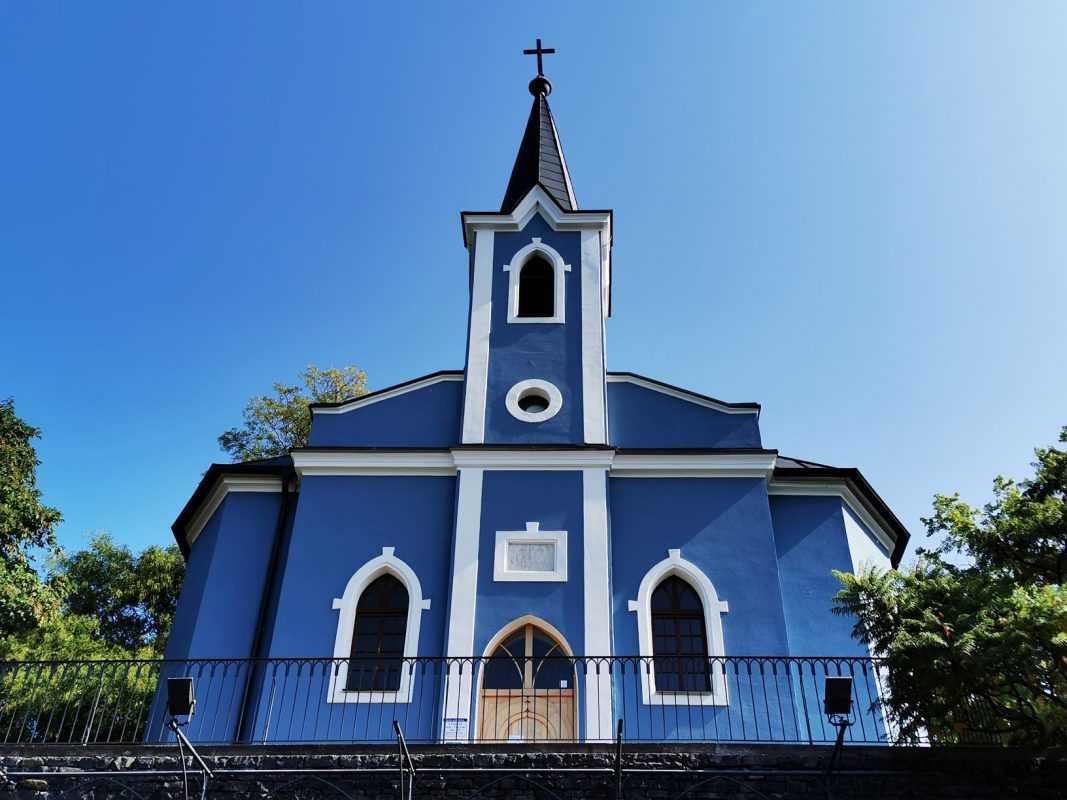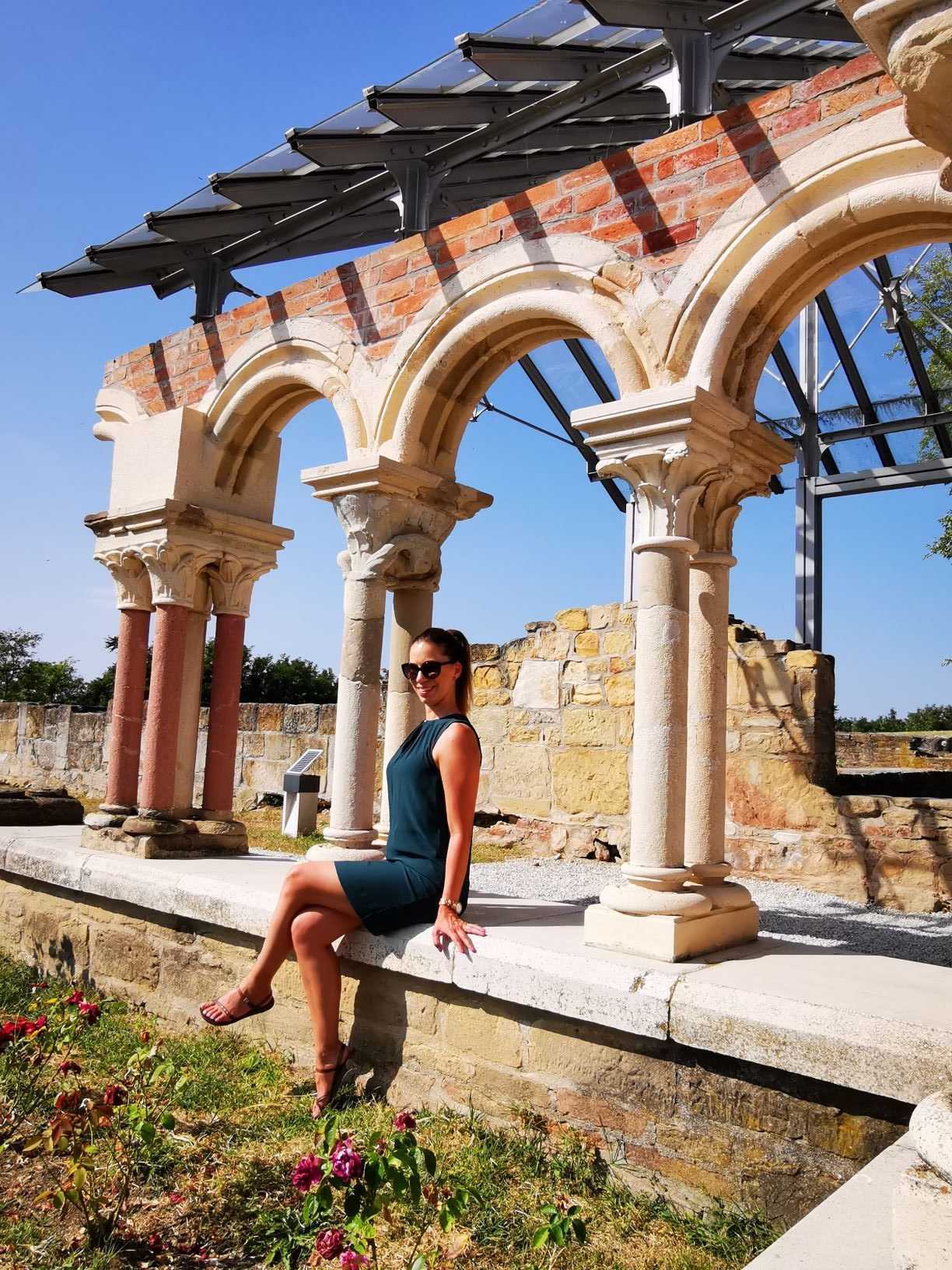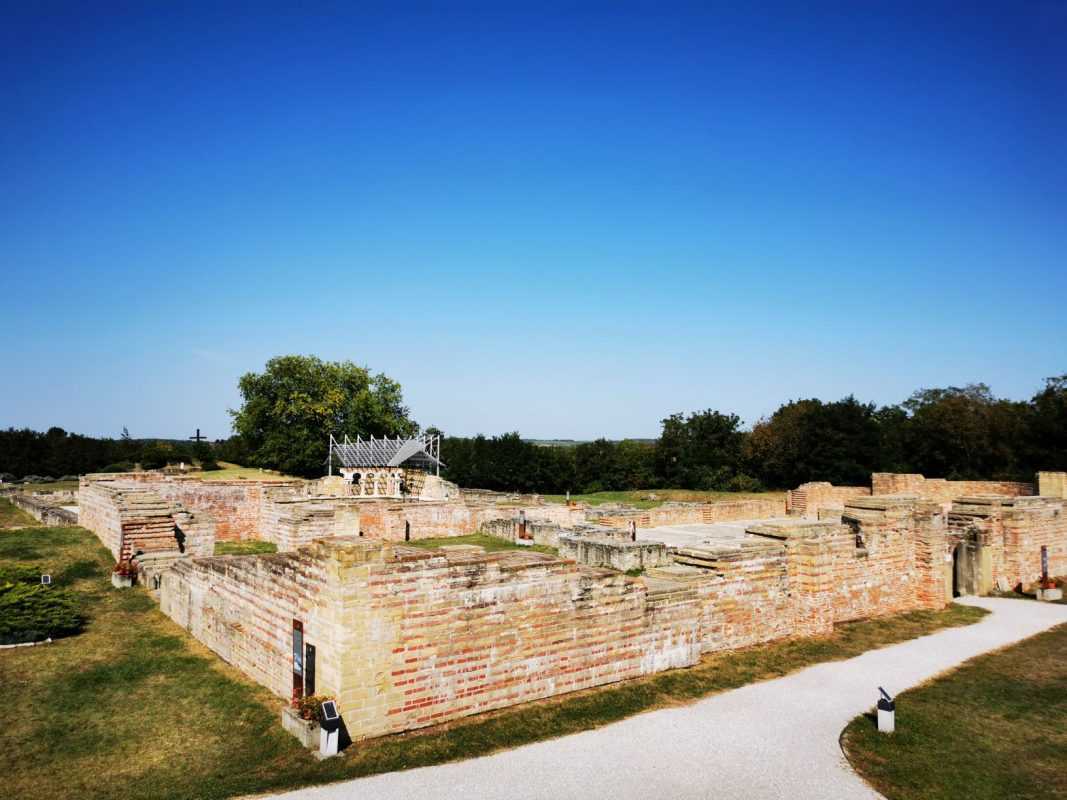Lake Balaton is a favourite resort for many in summers and its 235km long waterfront is full of life. However, as autumn arrive, the mais bitte bikes quickly disappear from the shores, the stalls selling cheese-sour cream lángos close, and the Hungarian Riviera drives her head to a long sleep, like Sleeping Beauty. Many people say that in autumn and winter Lake Balaton is deserted, since in the off-season you cannot do anything here. If someone decides to go on a trip, then the north coast usually takes advantage with the most beautiful part, the Káli Basin (you can read about it here).
However, the southern part Of Balaton also has a lot of specialities, which I visited as part of my tour of Somogy County (you can read about Kaposvár and its surroundings here). Now I have brought you a bunch os attractive sights in this blog post from the south shore of Lake Balaton. I recommend them visiting with a warmgood heart, either in form of an independent program or as part of your trip to Lake Balaton.
St. Donát Chapel
In Balatonlelle, on the top of Kishegy, there is a beautiful, baroque church, which with its snow-white walls and wooden shingled roof, is guaranteed to attract all eyes. The chapel was consecrated in 1758 in honour of St. Donat, the patron saint of vineyards and to whom farmers used to pray in order to avoid hail and storms.
The construction of the chapel is linked to the name of Baron György Majthényi, who together with the church erected a small winehouse along the vineyards. The chapel, like the Majthény winehouse, has been standing on top of the Kishegy ever since and offers one of the most beautiful views of the southern shore of Lake Balaton from its terrace. A little further down from the chapel there is another famous winery, Konyári, whose red wines made of blue grapes are award-winning. I couldn’t stop taking a couple of bottles of sun-matured sap home with me.
Krishna Valley
Krishna Valley, the largest and most eco-friendly community in Central Europe, is located in Somogyvámos. Members of the community living on 266 hectares of land follow a completely self-sustaining lifestyle and are in complete harmony with nature. They produce everything for themselves in organic gardening, and in their homes and institutions they use renewable energy.
In addition to compulsory school subjects, children study Vedic sciences, organic gardening, herbal knowledge and are taught to appreciate the treasures of nature, animals and people. In this special village, visitors can get an insight not only into eco-farming, but also to the community of Krishna-conscious believers. .
In the framework of the guided church presentation, the foundations of the Krishna faith are told to those interested and how this place and religion became the scene of peace and spiritual development. If you feel like it, you can taste vegetarian specialities made with local ingredients, or visit the cow conservation centre, where the animals live happily, not traded on and are never slaughtered. It was a special experience for me to spend the afternoon here, which I recommend to everyone as a program in Somogy County and on the shores of South Balaton.
Desert Towers
The symbols and heritage of Somogy County are the desert towers. The most famous of them is in Somogyvámos, which covers an 800-year-old ruin church that stands out between corn and cereal fields. The tower was once a protection site for inhabitants against menacing fighters, robbers and intruders, but now it has become the main attraction of the Somogy region.
The special feature of the church in Somogyvámos, originally built in late Romanesque style, is the brick tower, which is based on a rectangle that continues towards the sky and ends as a pyramid. The desert tower in the middle of the field is a solid and solitary guard of the memories of a bygone age, of which you can be part of, even for a short time during your visit. You can drive all the way to the tower if you don’t want to walk 1.5 kilometres from the village, but it’s also easily accessible on foot and by bike.
On the shore of South Balaton, another tower is worth visiting, which is referred to Hetye ruin church. The settlement no longer exists, but in the 11th century there was a village here with the church in the middle and a small cemetery around it. After the Turkish domination, the village was depopulated and disappeared, but the tower remained. The first two levels of the tower show the notes of Romantic and the third and upper floors were built in Gothic style.
The twin windows of the lower floors have been walled, but its contours are still well-displayed. The Tower of Hetye can be reached from Ádánd, from where you can go by car for a while and then on foot through a field. Both the ruin church in Somogyvámos and Hetye are protected, so it is forbidden to climb the ruins, bring home any pieces or do any damage to them.
Kereki Castle
This romantic castle is located on one of the peaks of the Somogy hills, at 283 meters. Kereki Castle or know as also Fejérkő Castle was built in the 14th century. As a former ruler castle its goal was to bring together the feudal villages in the area and to support the Slavonian war.
The castle, built mainly of bricks, was blown up as a defence against the Turkish conquerors along with other castles, so today only its remains can be seen, even in largely restored form. Visiting the castle can be an ideal complementary program by South Balaton and even a light forest walk is included in it. When you are in Kereki village, it is also worth visiting the Balaton Bird Garden, where visitors can see rare and beautiful ornamental birds and parrots.
Famous lookout towers
On the southern shore of Lake Balaton there are countless lookouts from where you can admire the endless blue water and hills of the north coast. I would like to highlight two of these observation towers. In Balatonboglár, the tower does not compete with the “large ones” in terms of the size, but the metal shape with a diameter of 15 meters offers an impressive view from the outside and inside too.
The round lookout is named after János Xantus, who created the formation for the World’s Fair in Brussels in the 1950s. Balatonboglár hosts the lookout in its present form since 2012. If you want a special experience, visit here before sunset, when the lights of the sphere light up and shine like a star in the space around us.
The second lookout, which I recommend visiting, is in Fonyód, a city that immediately owns two towers. The viewpoint from Várhegy is also nice, but I headed to Sipos Hill, because from its tower you can see the entire length of Lake Balaton. Geographer Jenő Cholnoky described the picturesque panorama: “You don’t really see such a landscape in Europe anywhere!” And indeed.
As far as the eye see to the right and to the left you can see the endless water in the 77 km-length of Balaton. If you want to enhance your experiences in Fonyód, it is worth approaching the lookout from the mountain side from Lake Balaton, as the short forest walk is an unforgettable experience in itself.
Reverse House
There are reverse houses in countless parts of the world, but the red wonderhouse handed over in Siófok in 2017 was the first in Hungary. The tourist attraction is a fire-red cottage with a living room, kitchen, bathroom and children’s room furnished on two levels.
Going up the spiral staircase upstairs, the visitor is guaranteed to have a dizzying experience, where adults and children immediately switch to Spiderman or Batman mode to the delight of cameras. The house, which can be visited against admission fee, is located at the intersection of May 1st and Highway 7, surrounded by a fence.
Buzsák, the embroidered village
The small village of Somogy County has a 500-year history and is the defining settlement of Kis and Nagyberek areas. In the 17th and 18th centuries, Croatians who came here from Slavonia brought their mother language here together with their folklore traditions and transmitted them from generation to generation. The Croation tradition are still well preserved in Buzsák to this day.
Until the early 20th century, families who lived here produced the canvas ingredients for dressing themselves, including hemp and the flax. Instead of weavers, all processes were done here by women, who used red, blue and burgundy yarns to create festive and women’s clothes of astonishing colours and shapes.
In Buzsák, women began embroidering to fulfill orders at the beginning of the 20th century, with help of Countess of Széchenyi, to the Balaton Association. First, they made tulle overs, and later the so-called Margaret-sewing, they also learned the witchcraft technique.
The special embroidery can be admired in the Buzsák Folk Art House, where in addition to the tools of the well-to-do peasant family who lived in the mid-19th and 20th centuries, you can meet women who still embroider miracle products. In fact, you can even buy Buzsák art products made by heart and with witch embroidery.
Viaduct
I have crossed M7 motorway many times on the Kőröshegy viaduct, but never seen the structure in its full beauty. There is a way to see the 1,872-metre-long viaduct from below, which is also Hungary’s longest bridge. Turning at the exit of highway 121 you find yourself at the pillar of the bridge. There is also a small café with a terrace from where you can admire the unique engineering work accompanied by a fine black one. Unfortunately, the café is not open due to the virus situation and the post-season, but it is good to know that you can see the viaduct the best from here.
Blue and red chapels: hills of art
In Balatonboglár, two chapels stand opposite each other on the Cemetery Hill: a red and a blue one. Both were raised by a family in the mid-1850s as the final resting place. The red was owned by Bárány family, and the construction of the blue shrine is linked to Lajos Körmendy. But it’s not necessarily their story that’s interesting, but their function.
Although both families belonged to the Evangelical church, and the shrines were later ordained according to the Catholic faith, they are no longer places of service. The house of God was taken over by art, and from the 1970s onwards the church garden became loud from summer art camps. In the amphitheatre in the shade of cedar trees, György Galántai directed many plays, while the avant-garde movement of the 1960s and 1970s also started from here.
Countless well-known people turned up at the chapels. Since the art center was considered as and incompatible thing, the chapels were boarded up. A few years later, the government became more flexible and gave art the space to paint the former chapels red and blue. Today, the chapels of Balatonboglár are home to art exhibitions again.
St. László Memorial Place
Archaeological finds prove that people lived in Somogyvár 3,000 years ago, but until the 11th century there were no monuments from this place. Until King Laszlo I founded a monastery in Kupavárhegy in 1091. In the heart of Somogyvár, monks were called from Saint-Gilles from France to settle down here, so that the monastery became the largest medieval Benedictine abbeys of Hungary.
Somogyvár was inhabited for more than 400 years by the monks, who prayed every day the name of St. Laszlo, thus commemorating him for the founding of the monastery. The memories of the saint king are revived by the special exhibition of the visitor center, while walking among the ruins you can get an insight into the everyday life of the monumental temple.
The most controversial point of Somogyvár monastery r is the relic, which was long believed to have been the tomb of St. Laszlo. According to recent research, he was not buried here. Though the 2-meter-deep chamber does not rule out the possibility that after its initiation (1192) Benedictine people received a relic from Oradea, which was kept here in the holy king’s own monastery. The ruins were declared as a historic place in 1983 and since 2013 Somogyvár monastery is a national monument.


